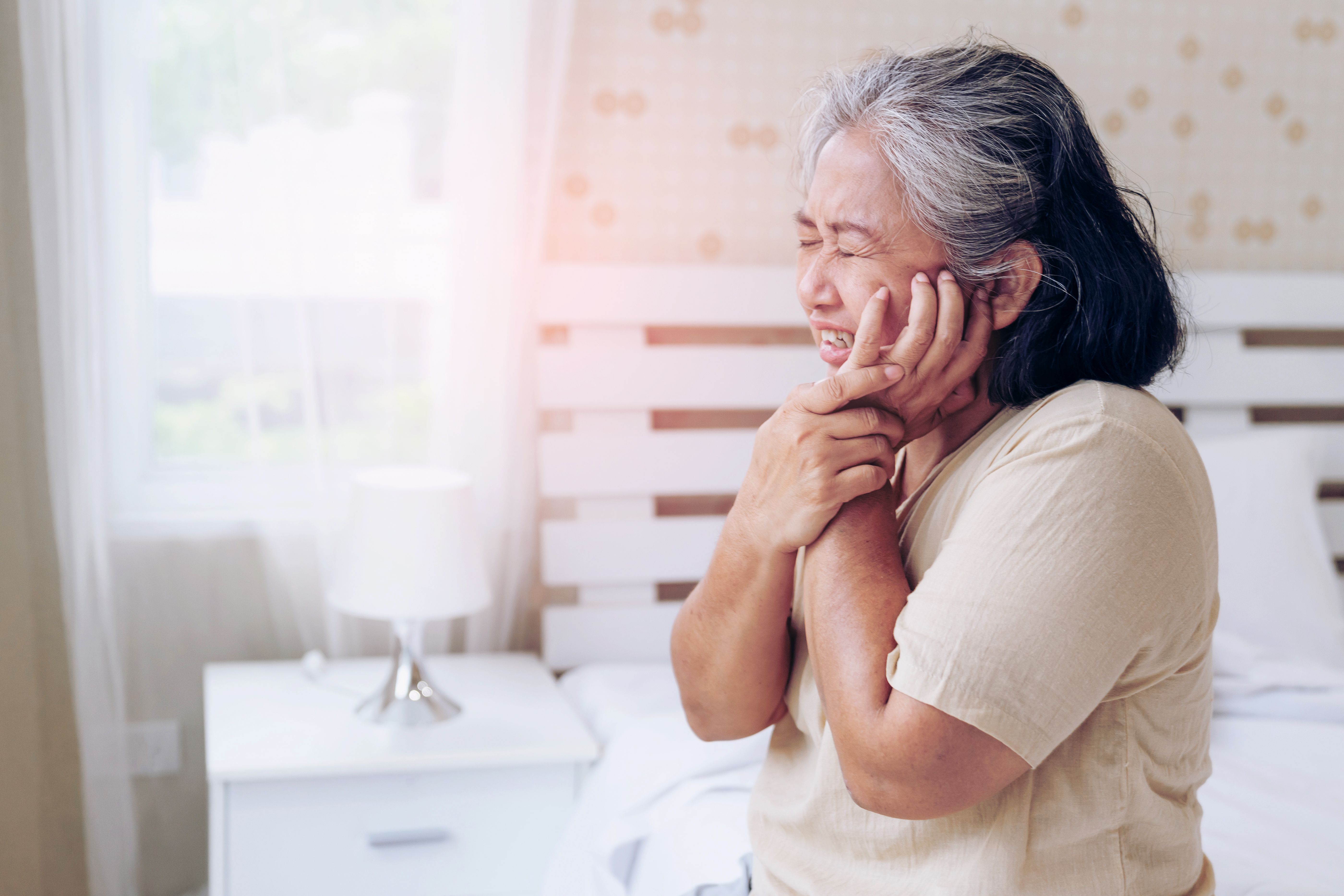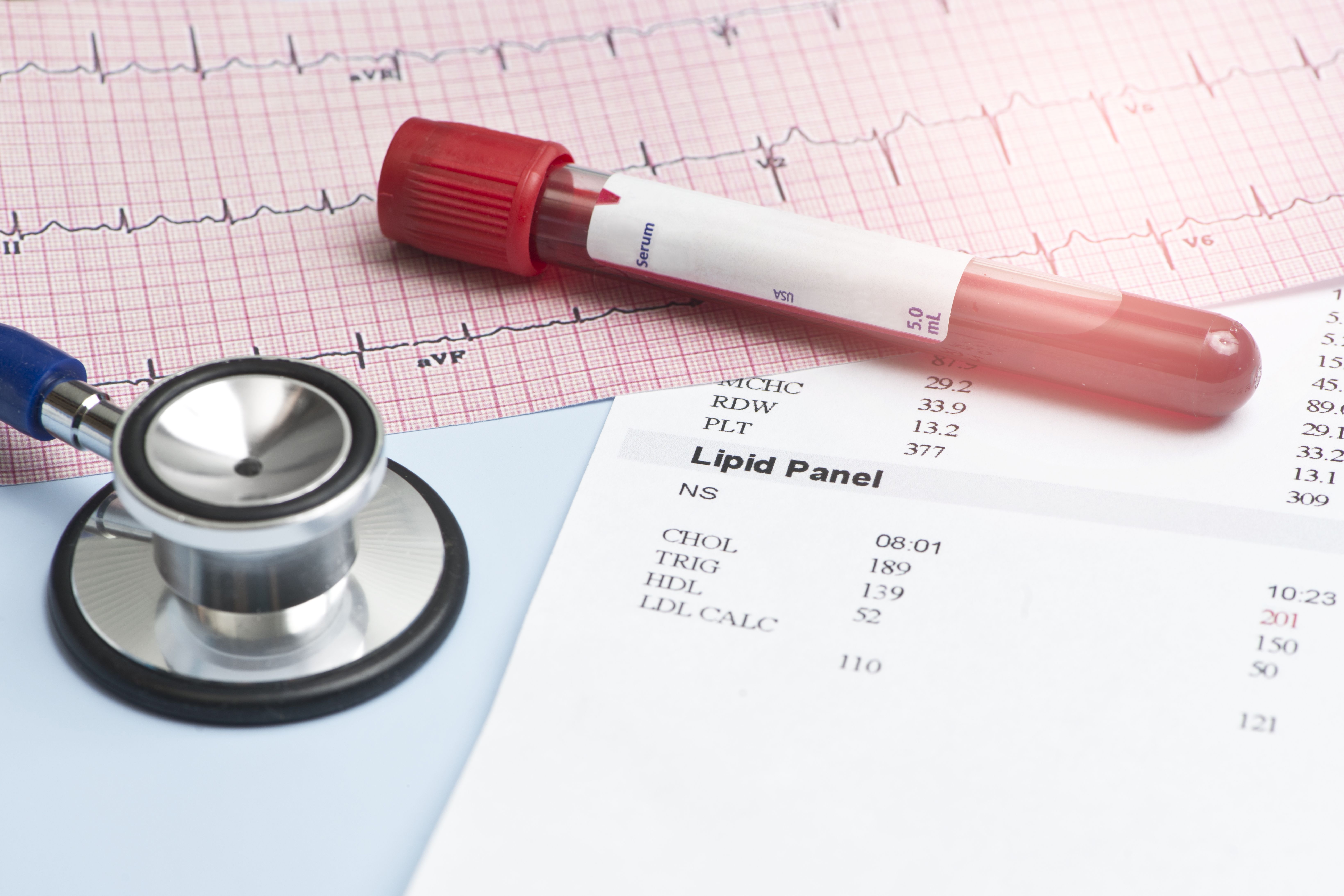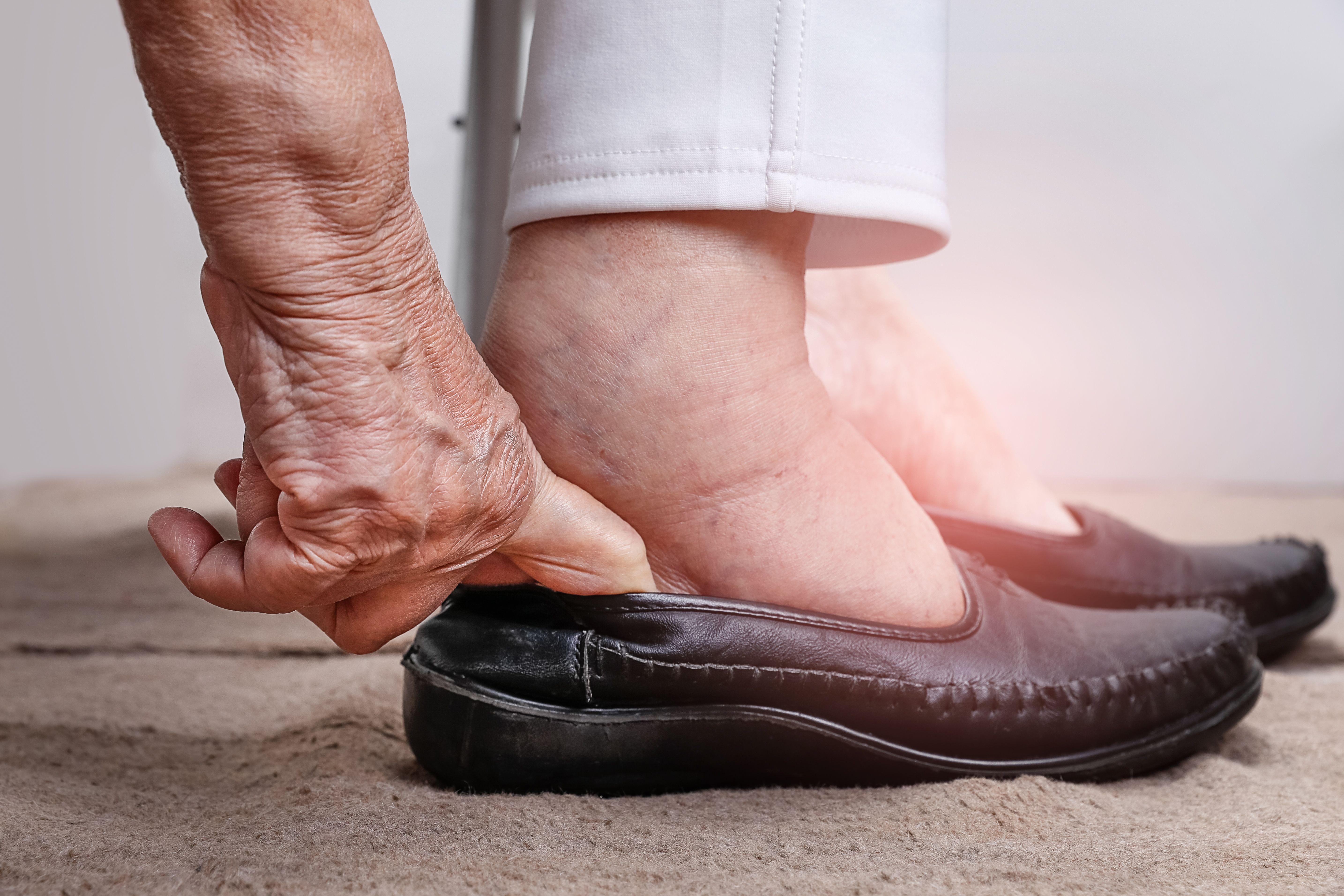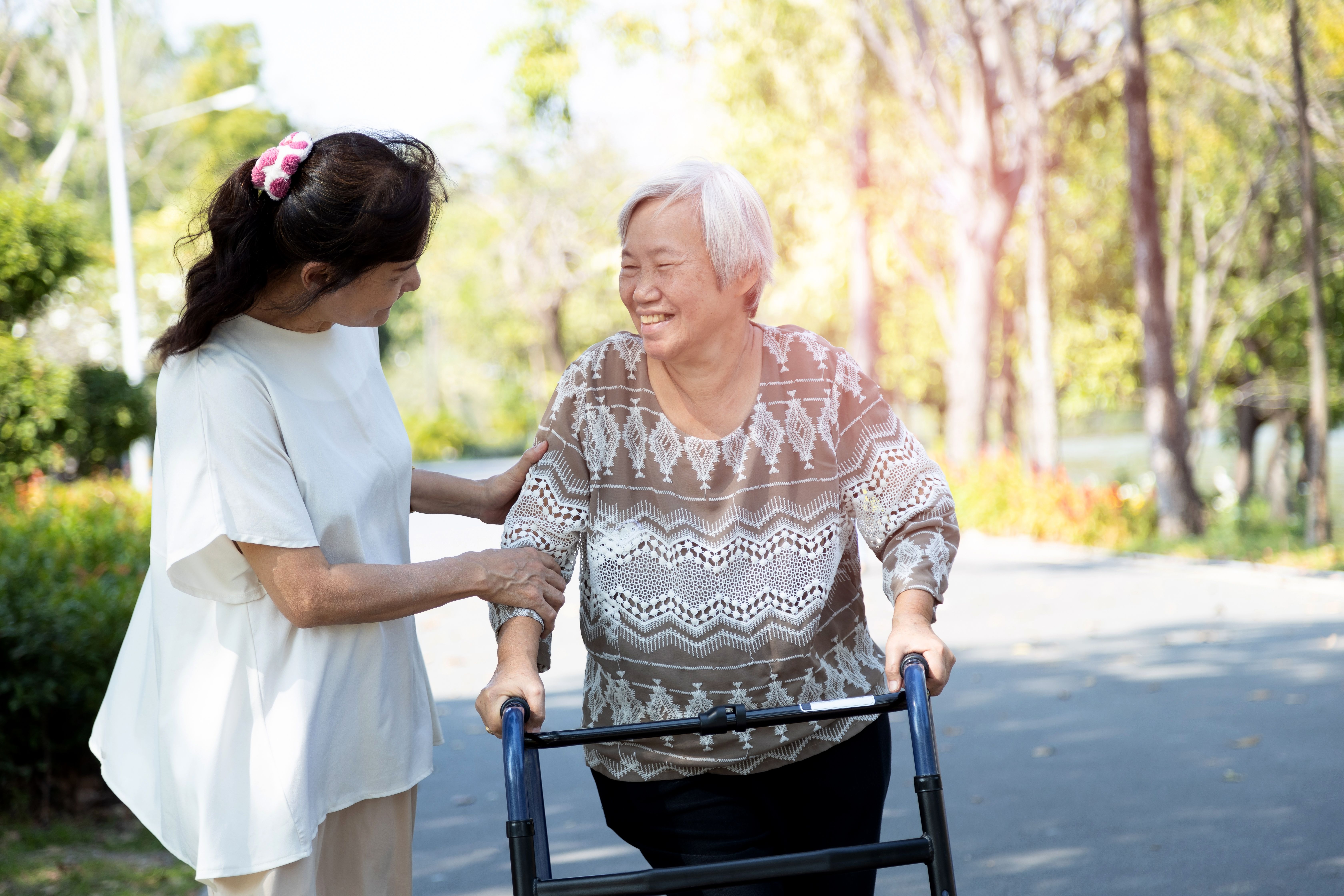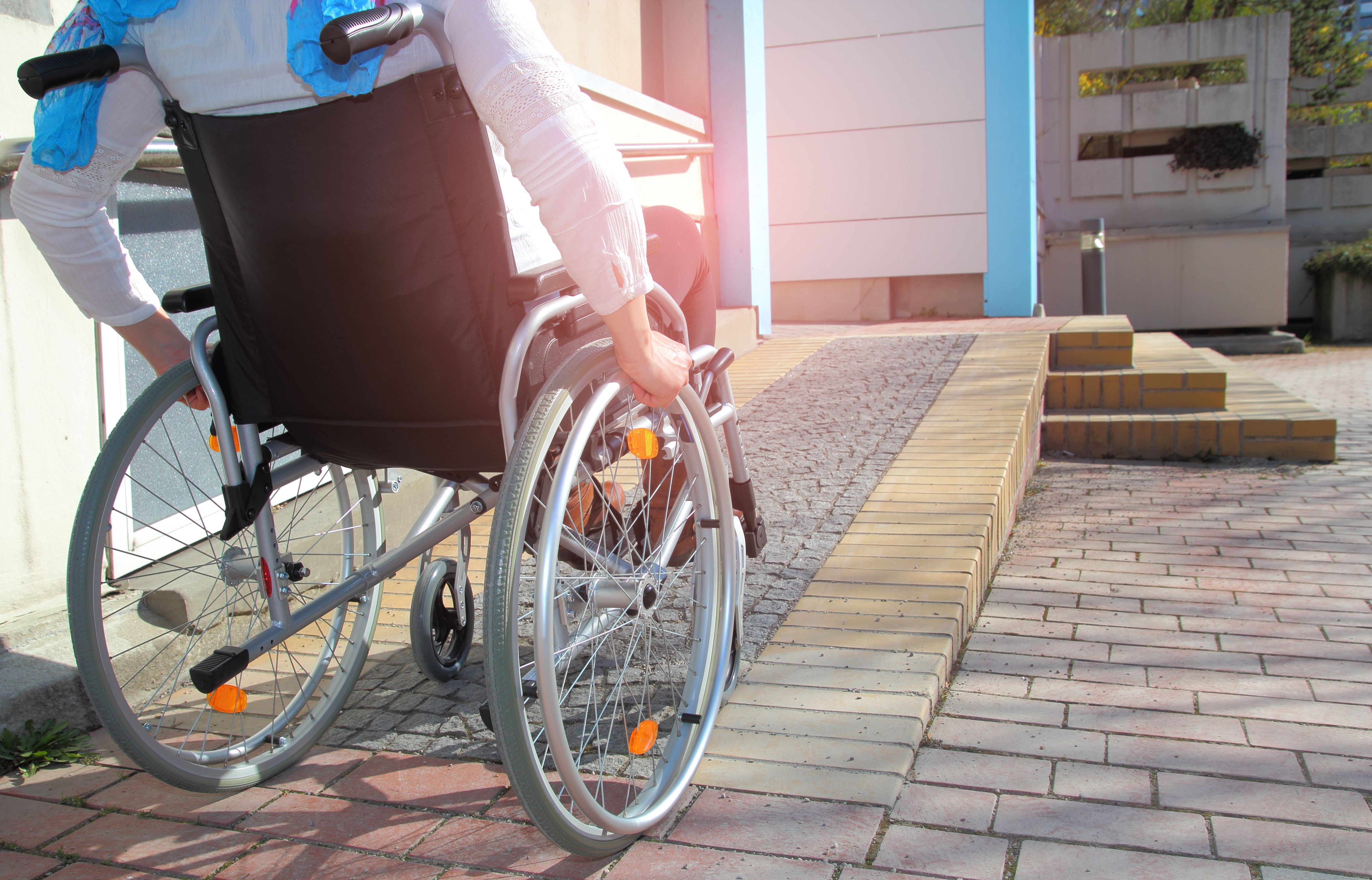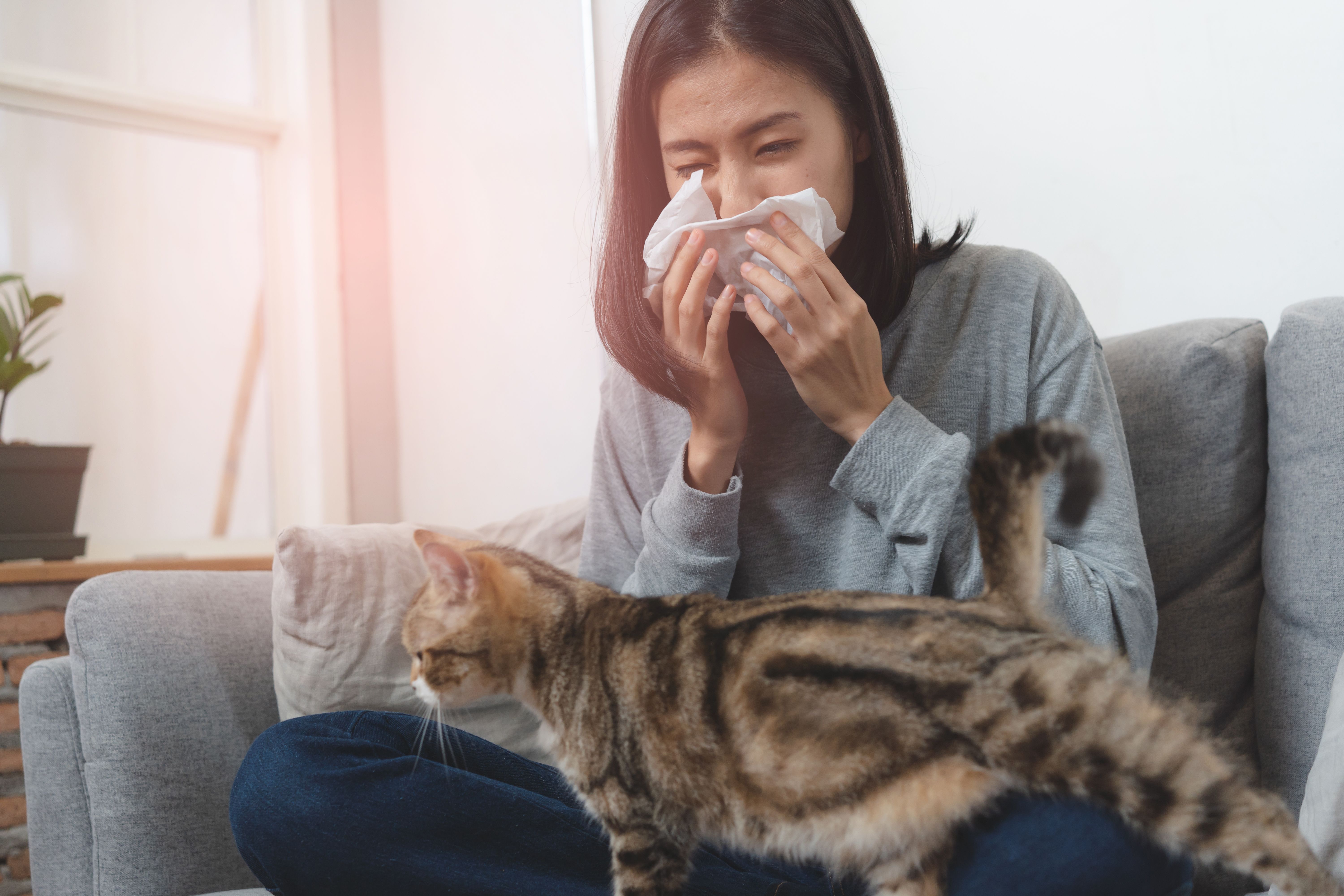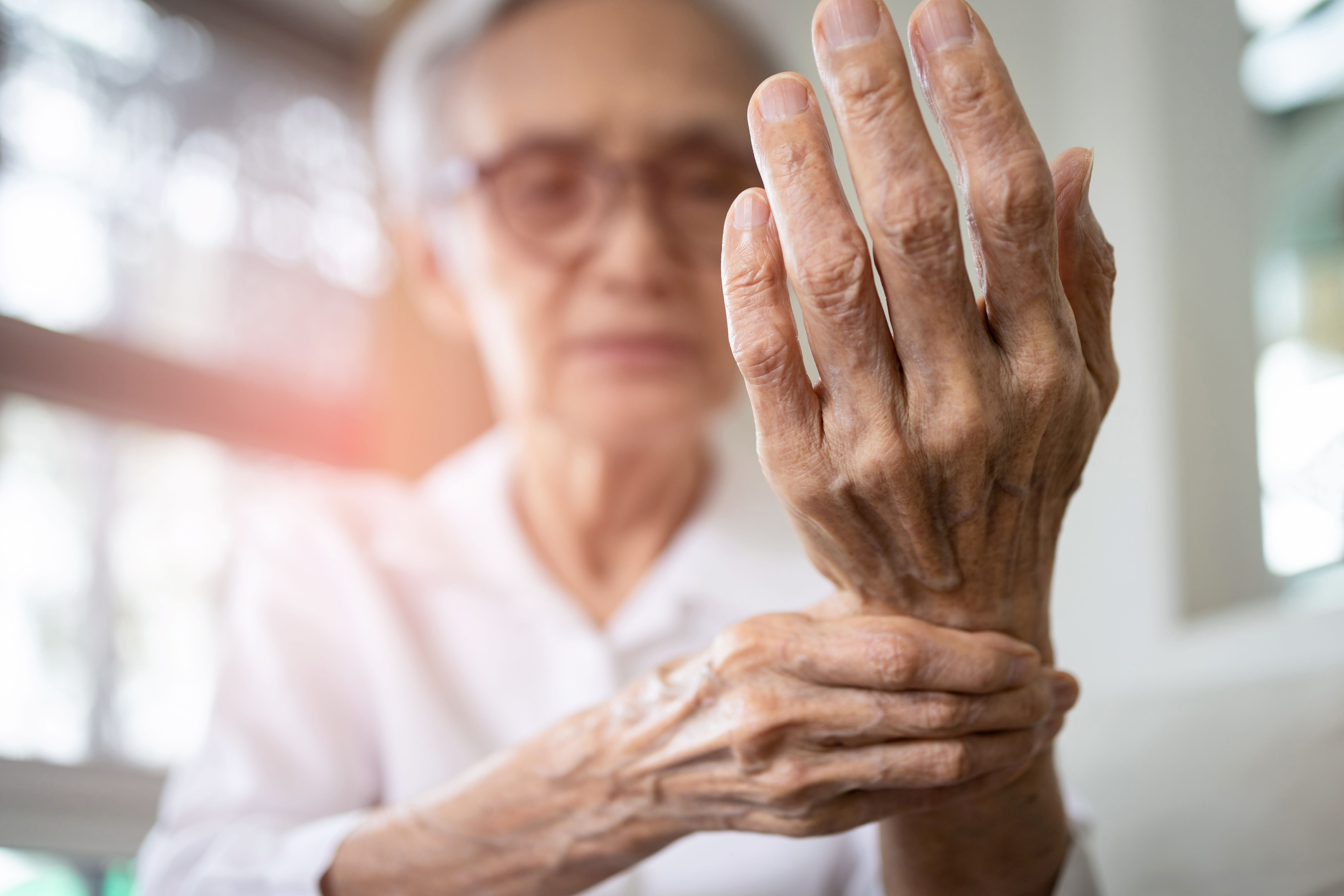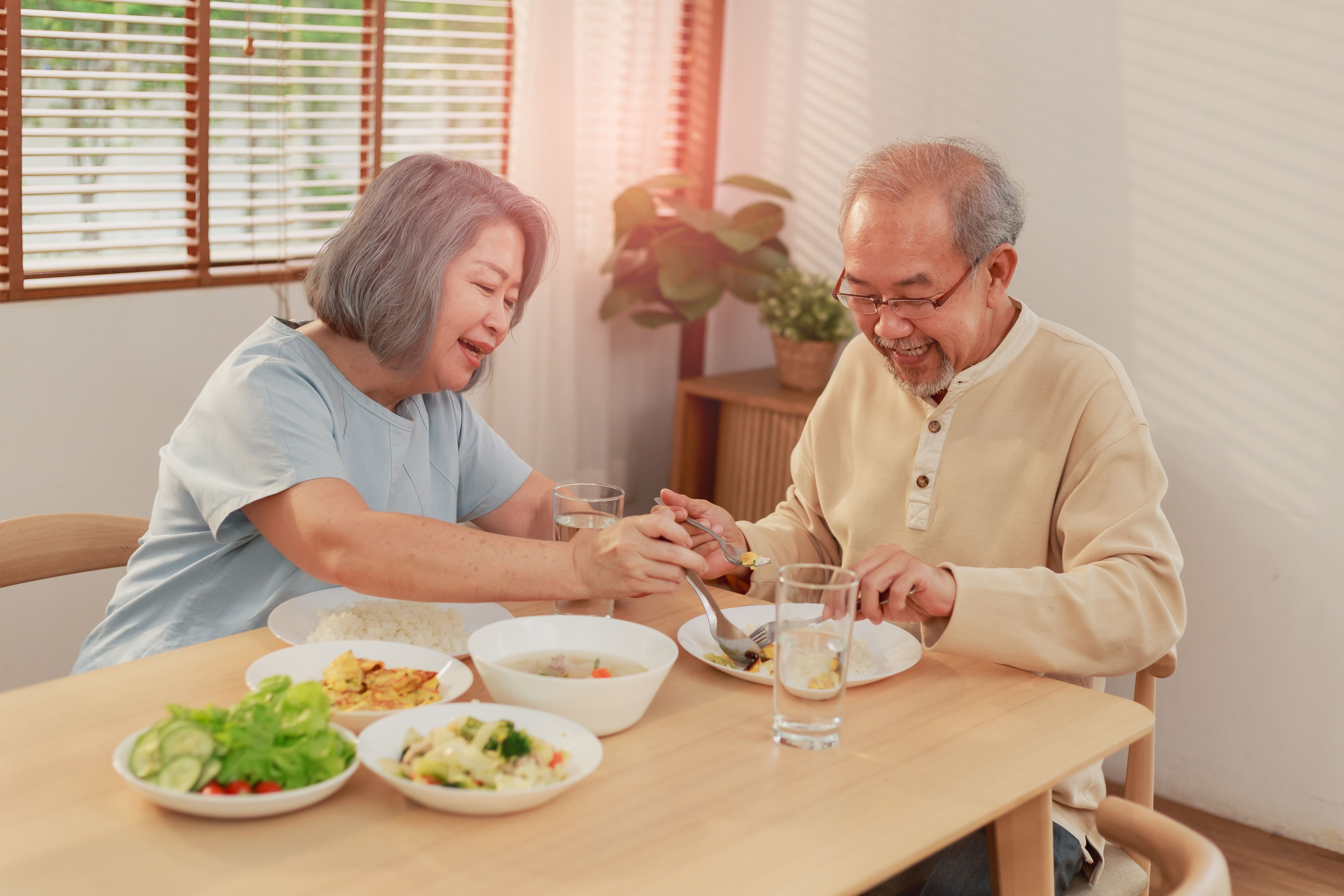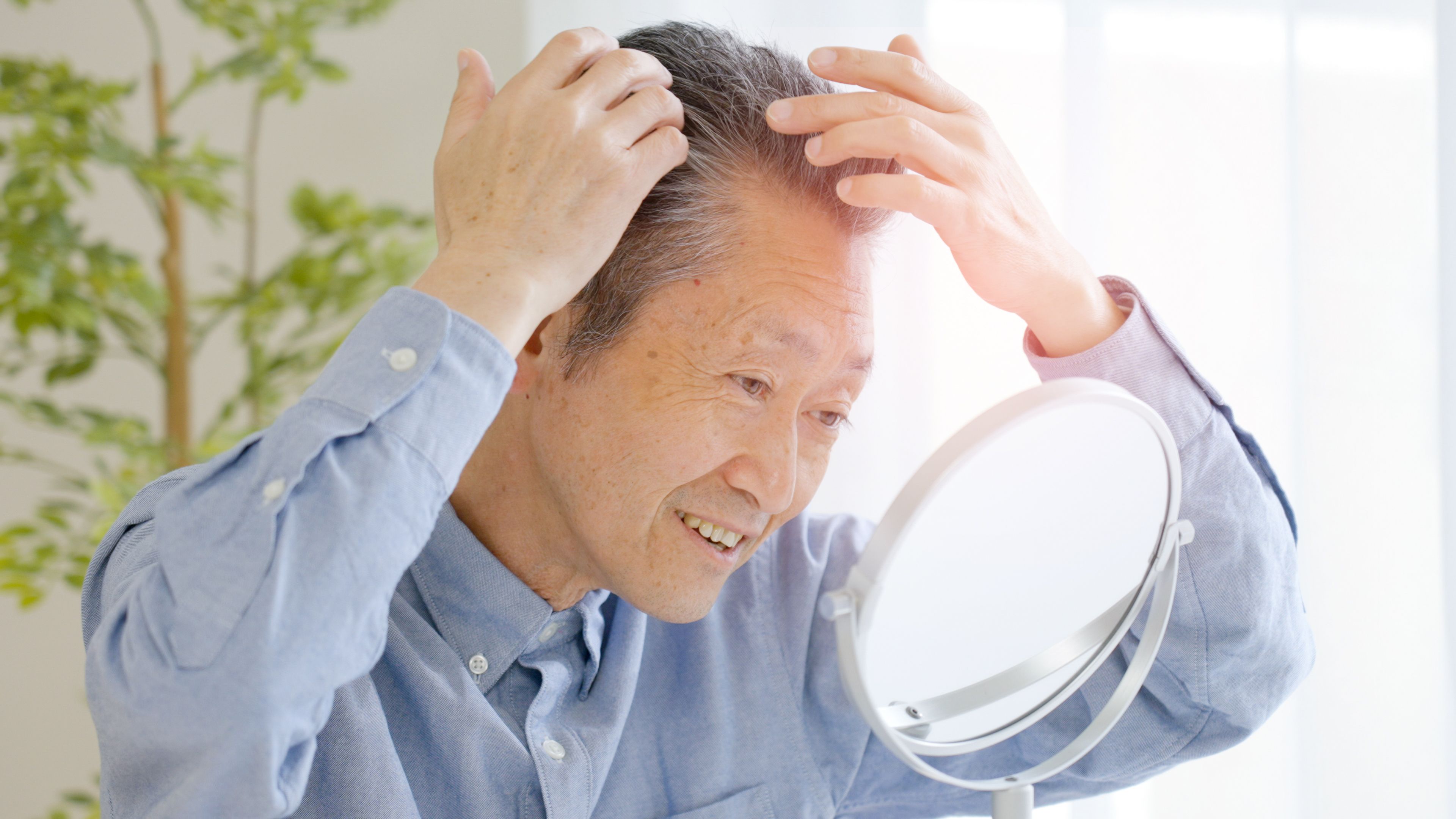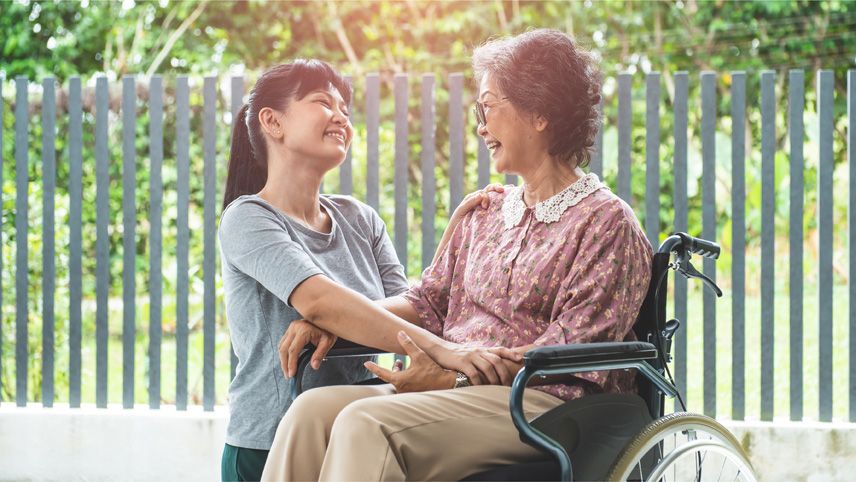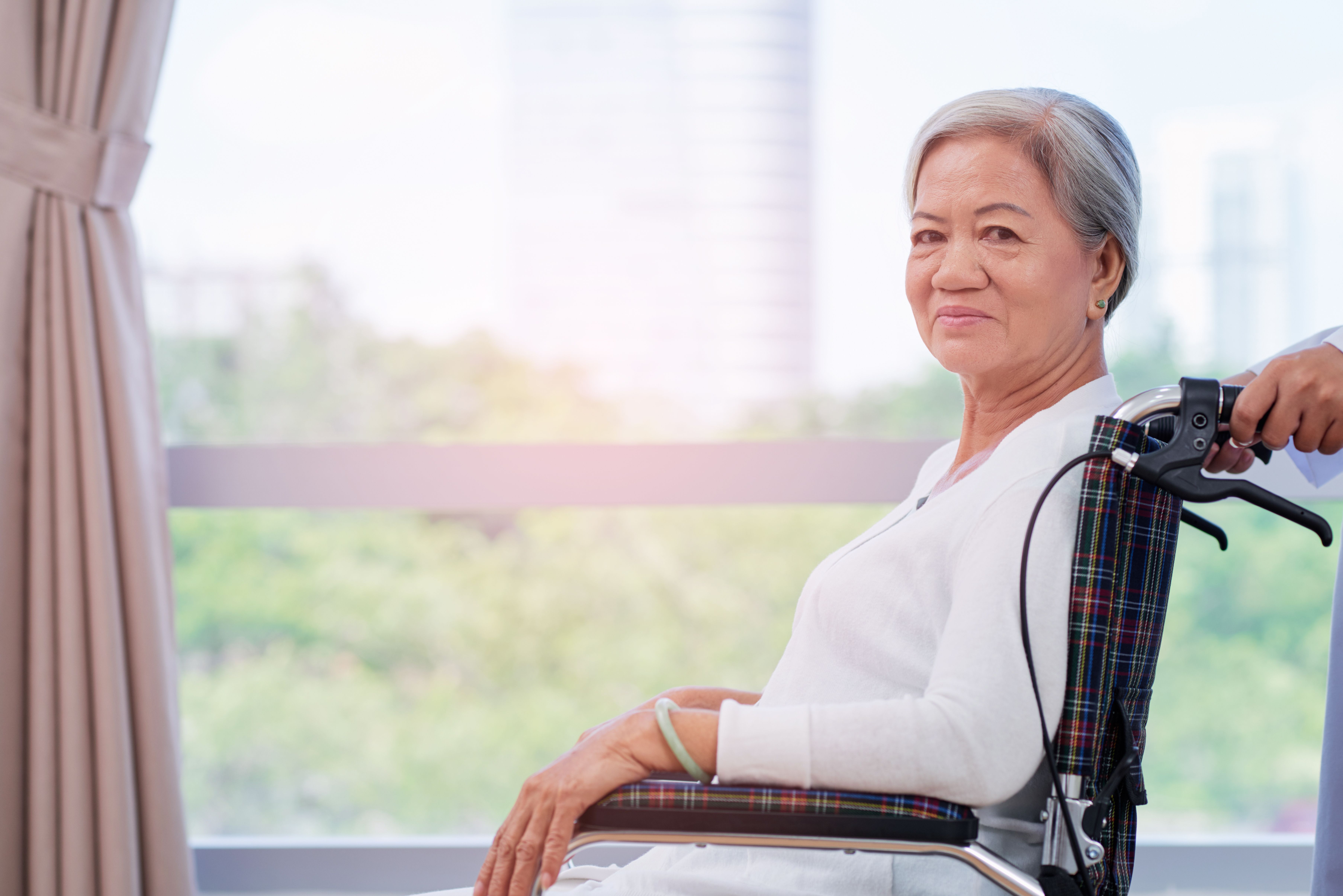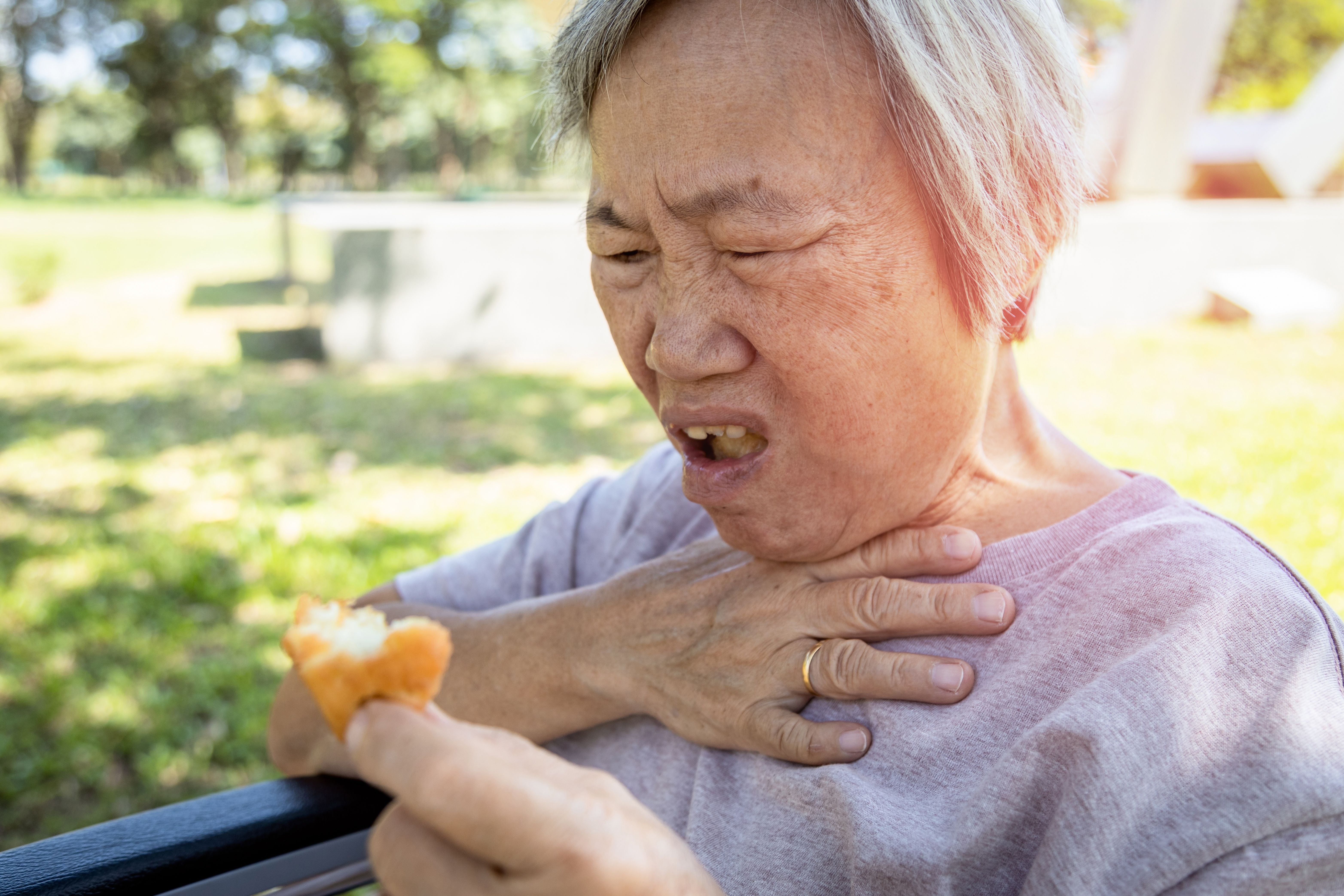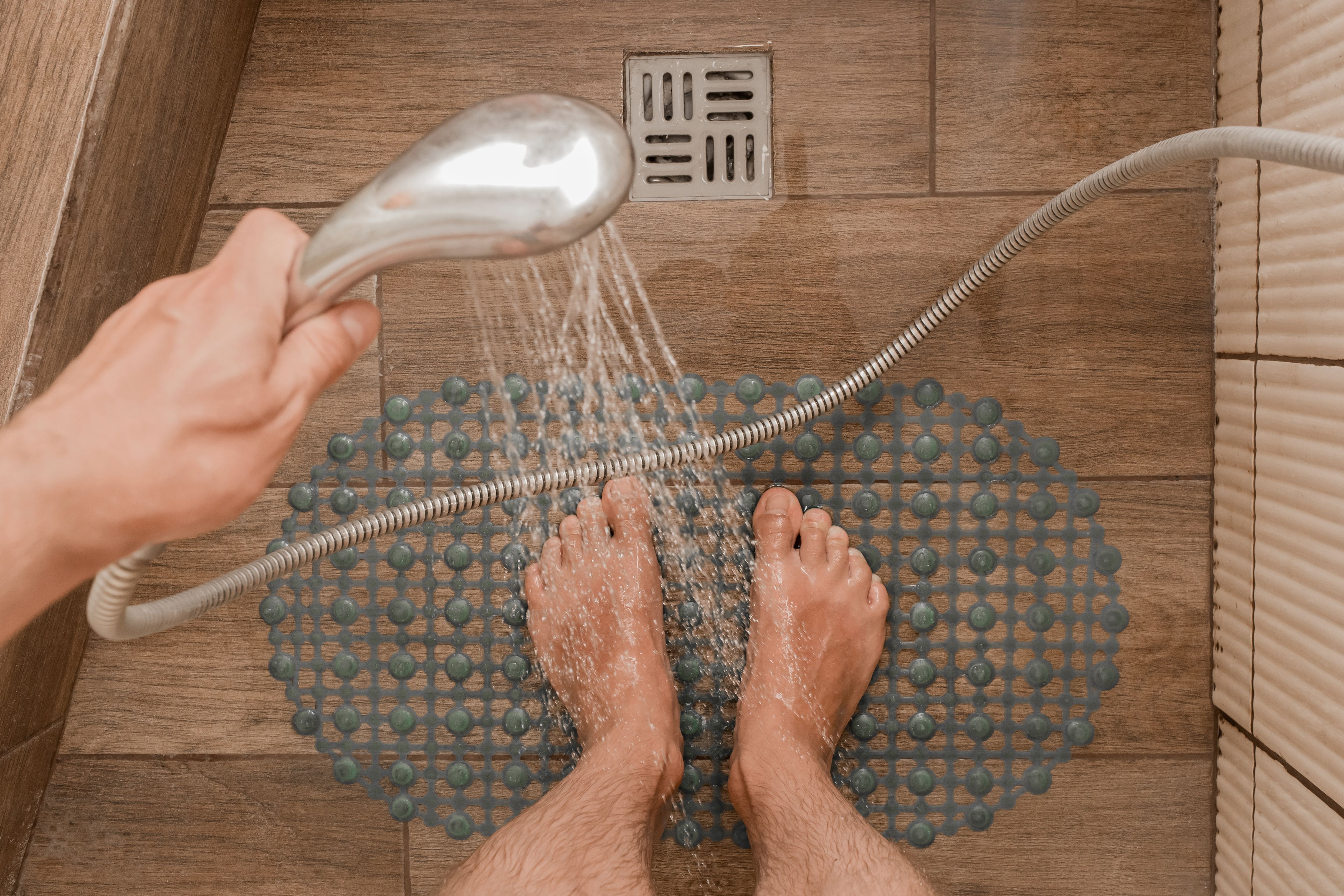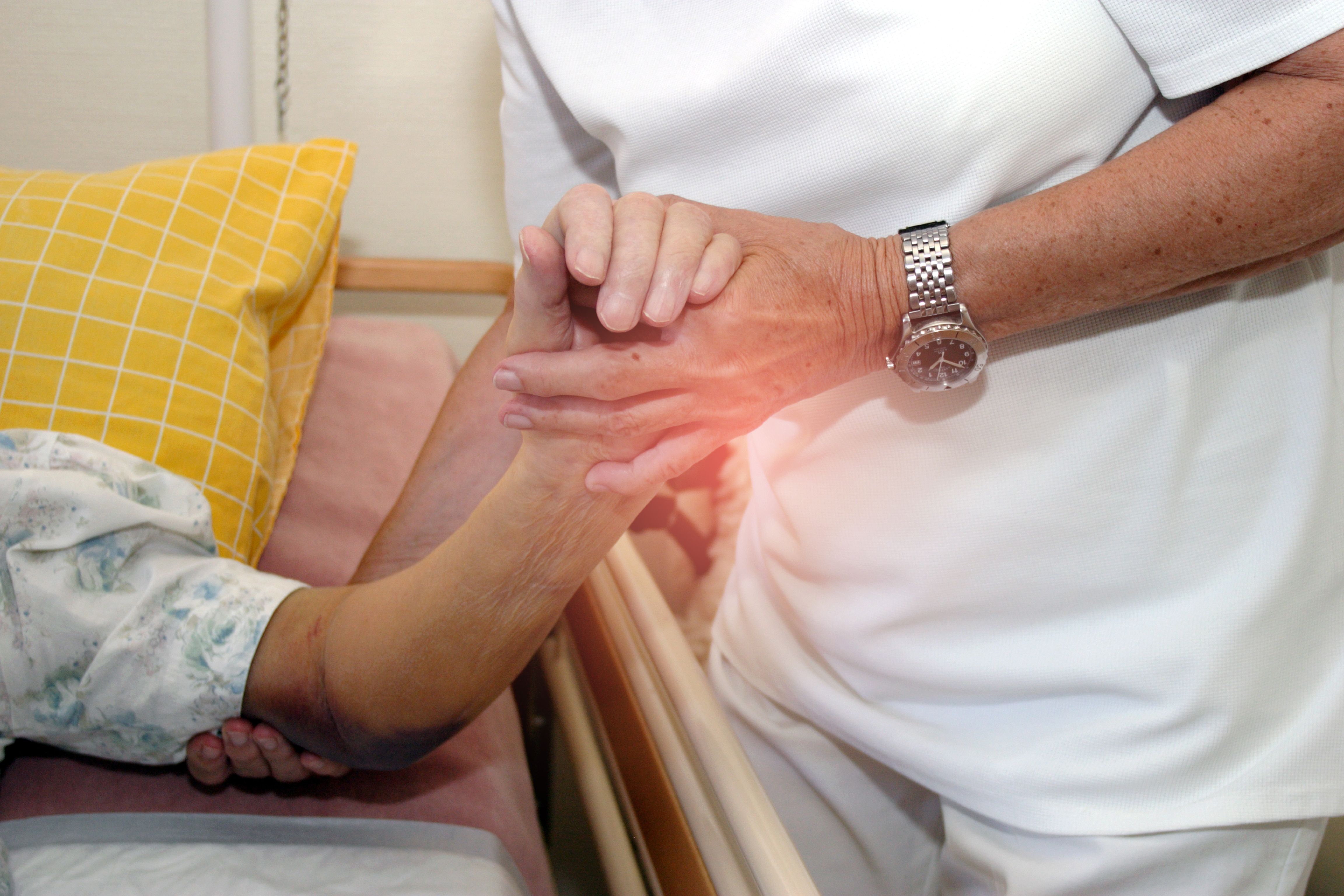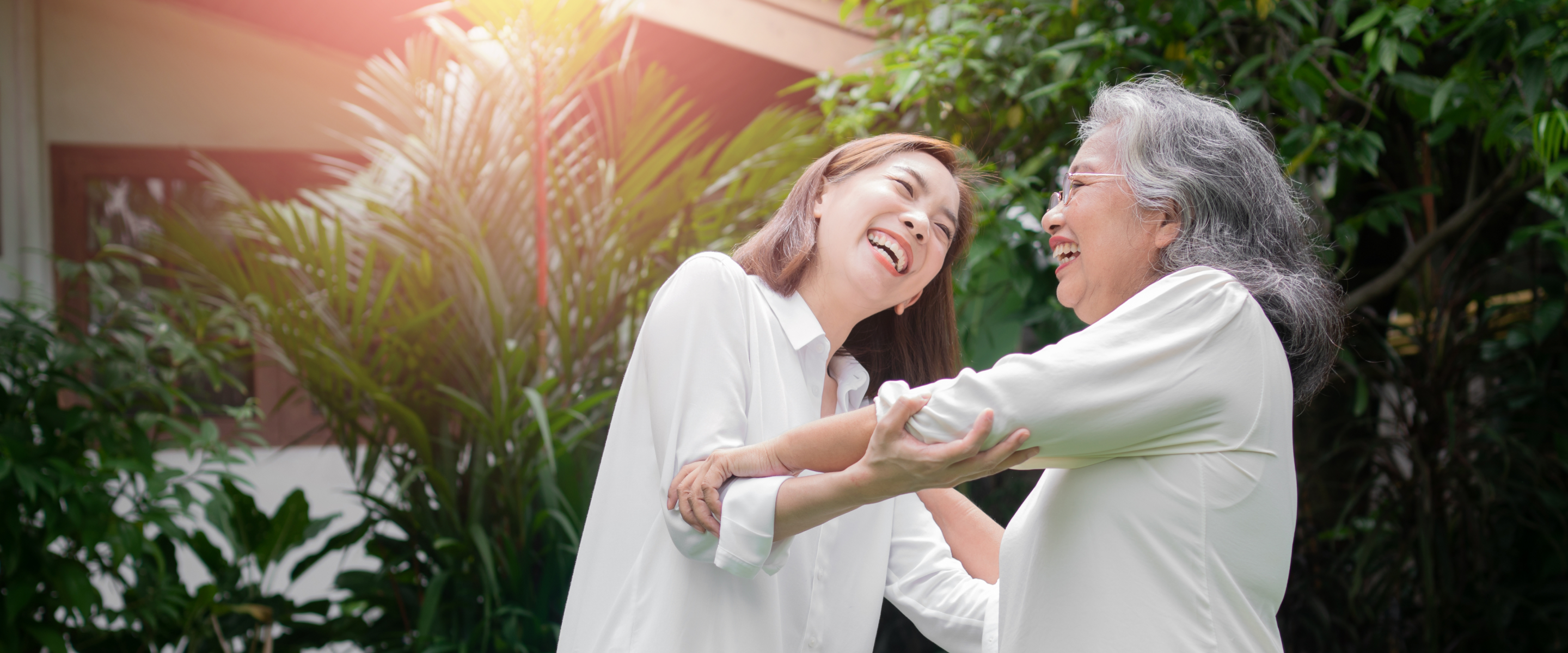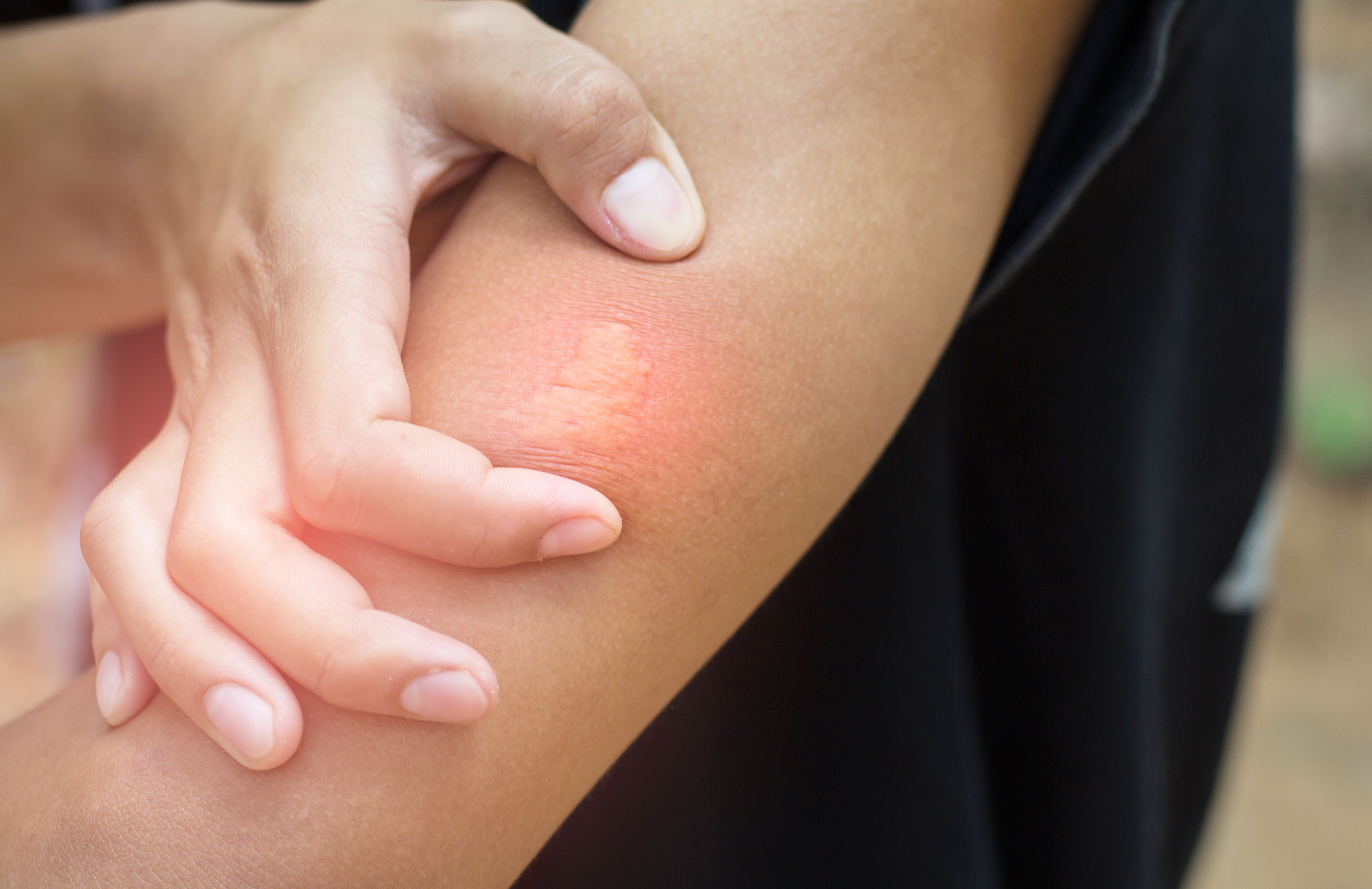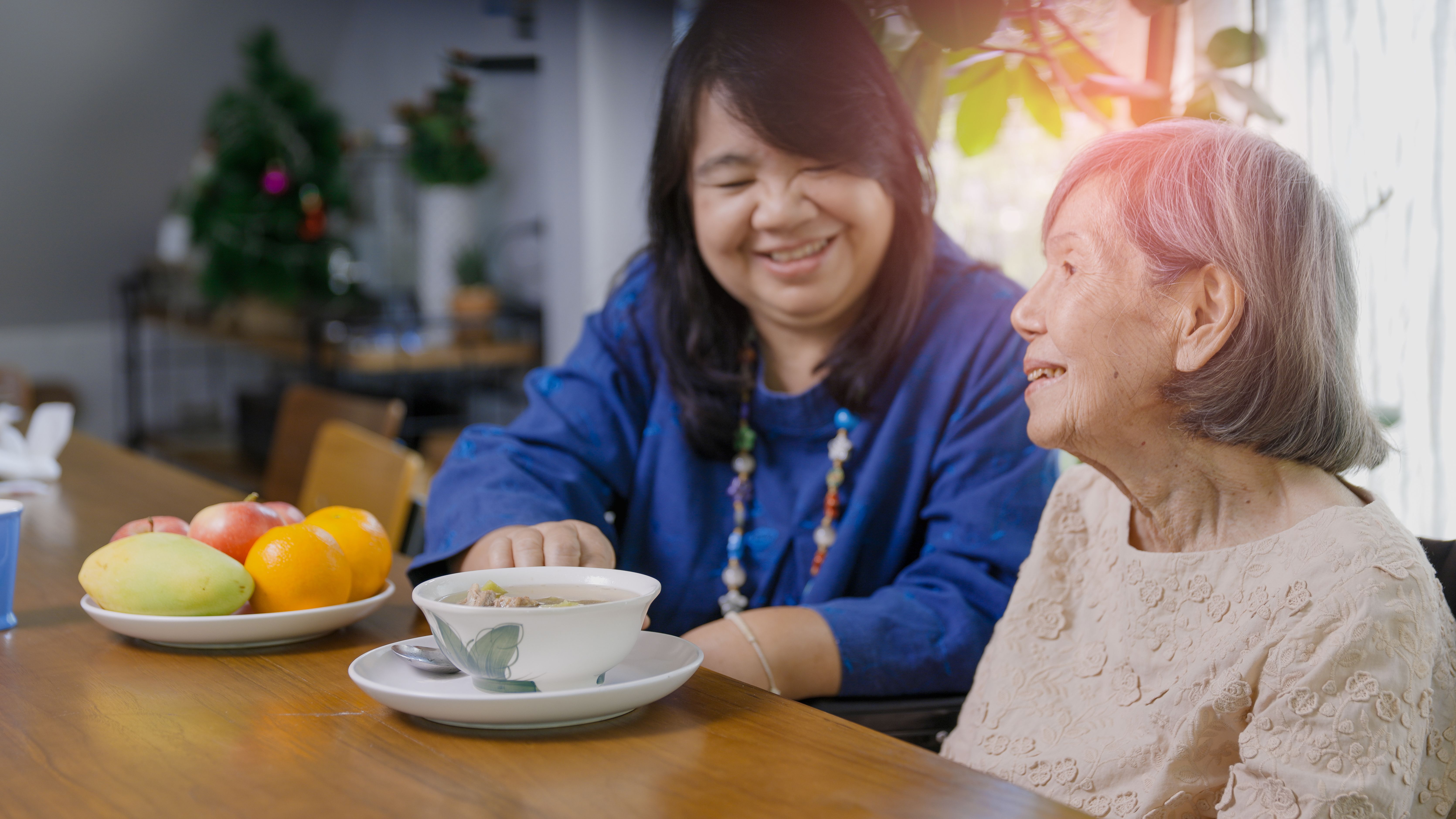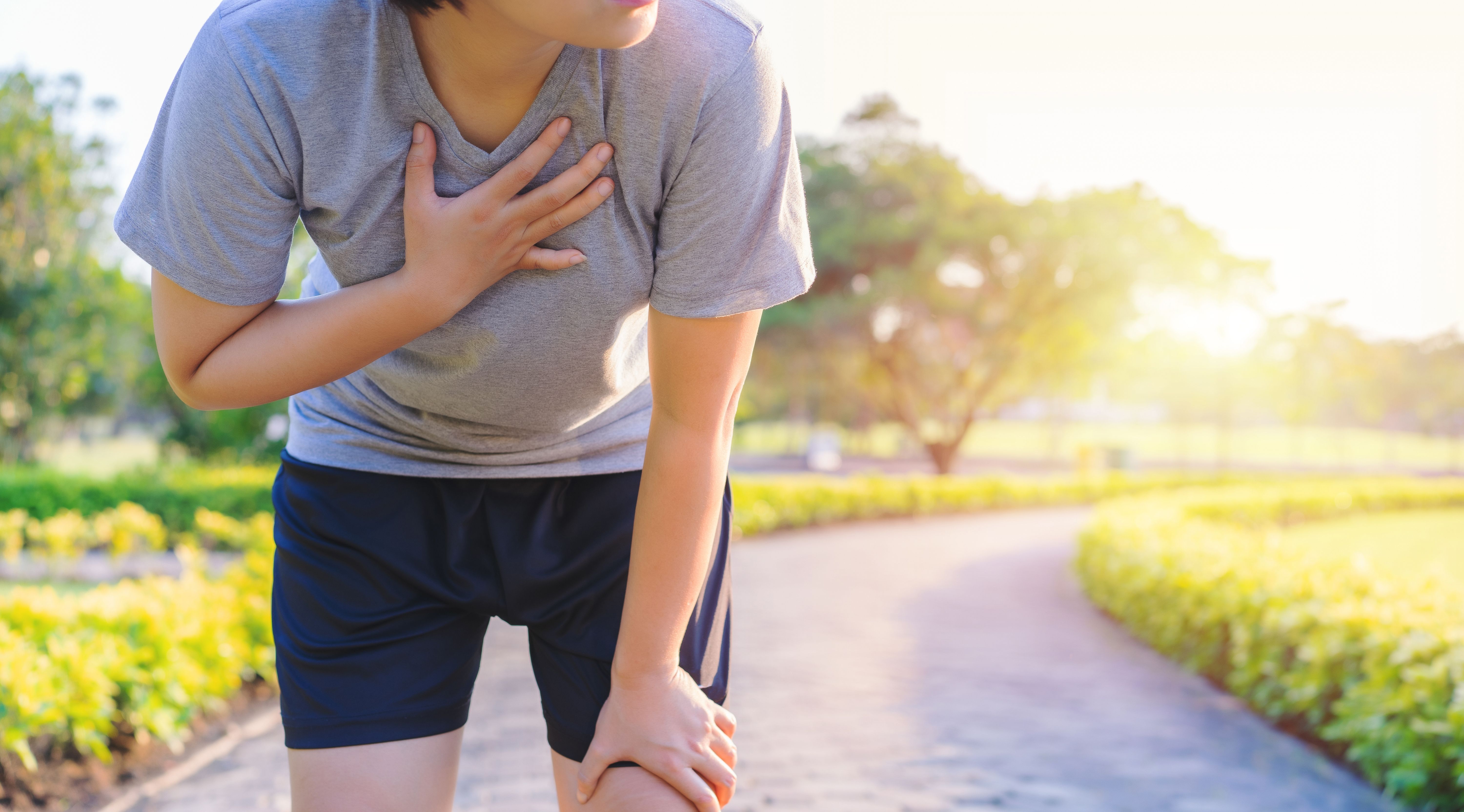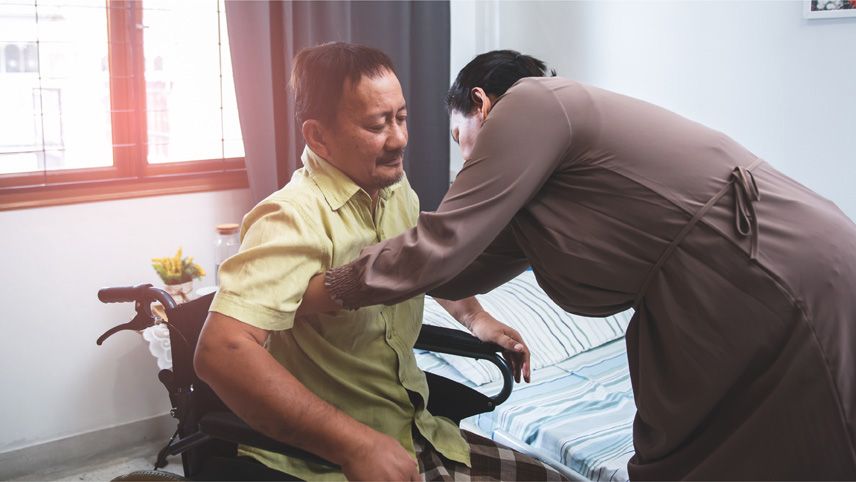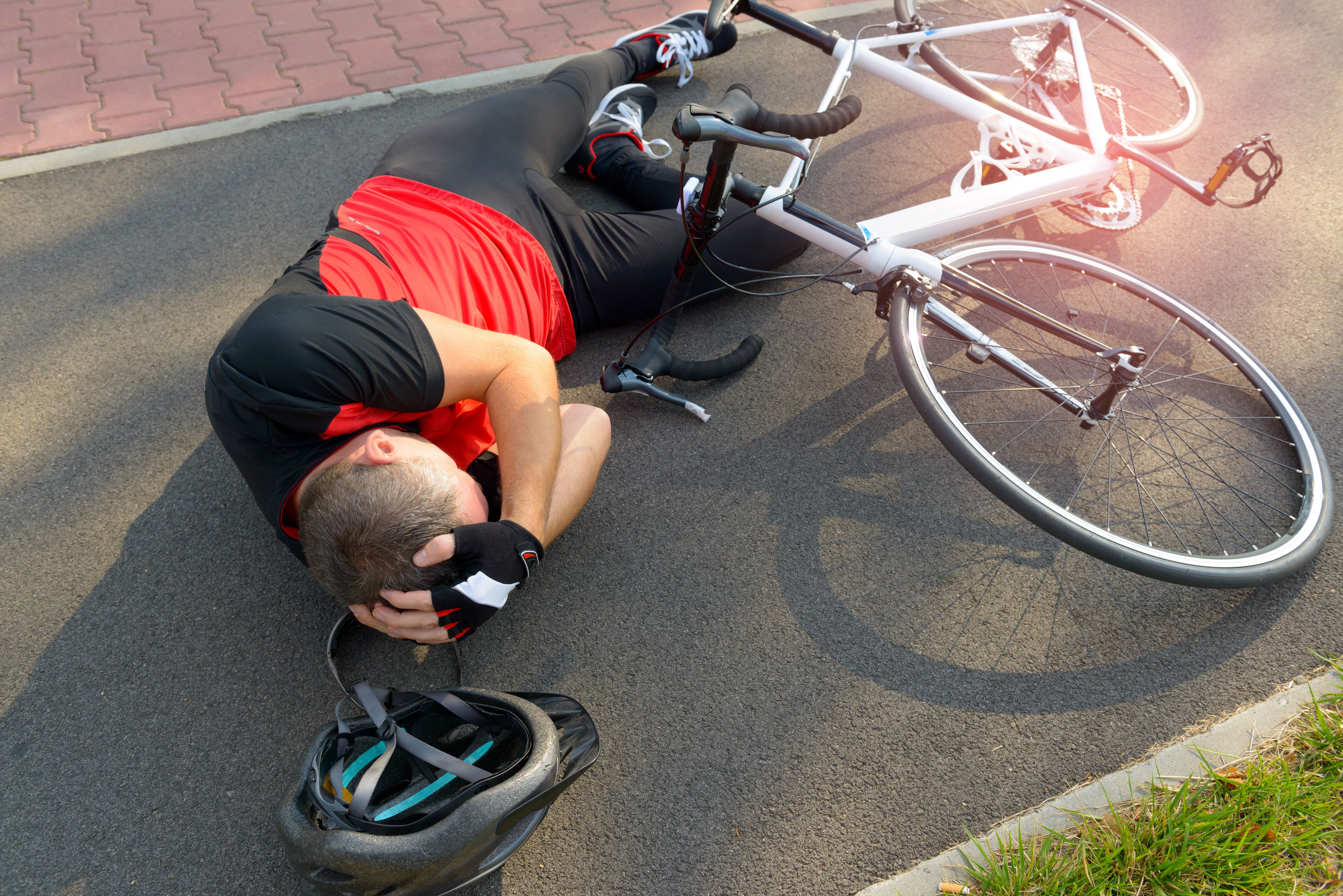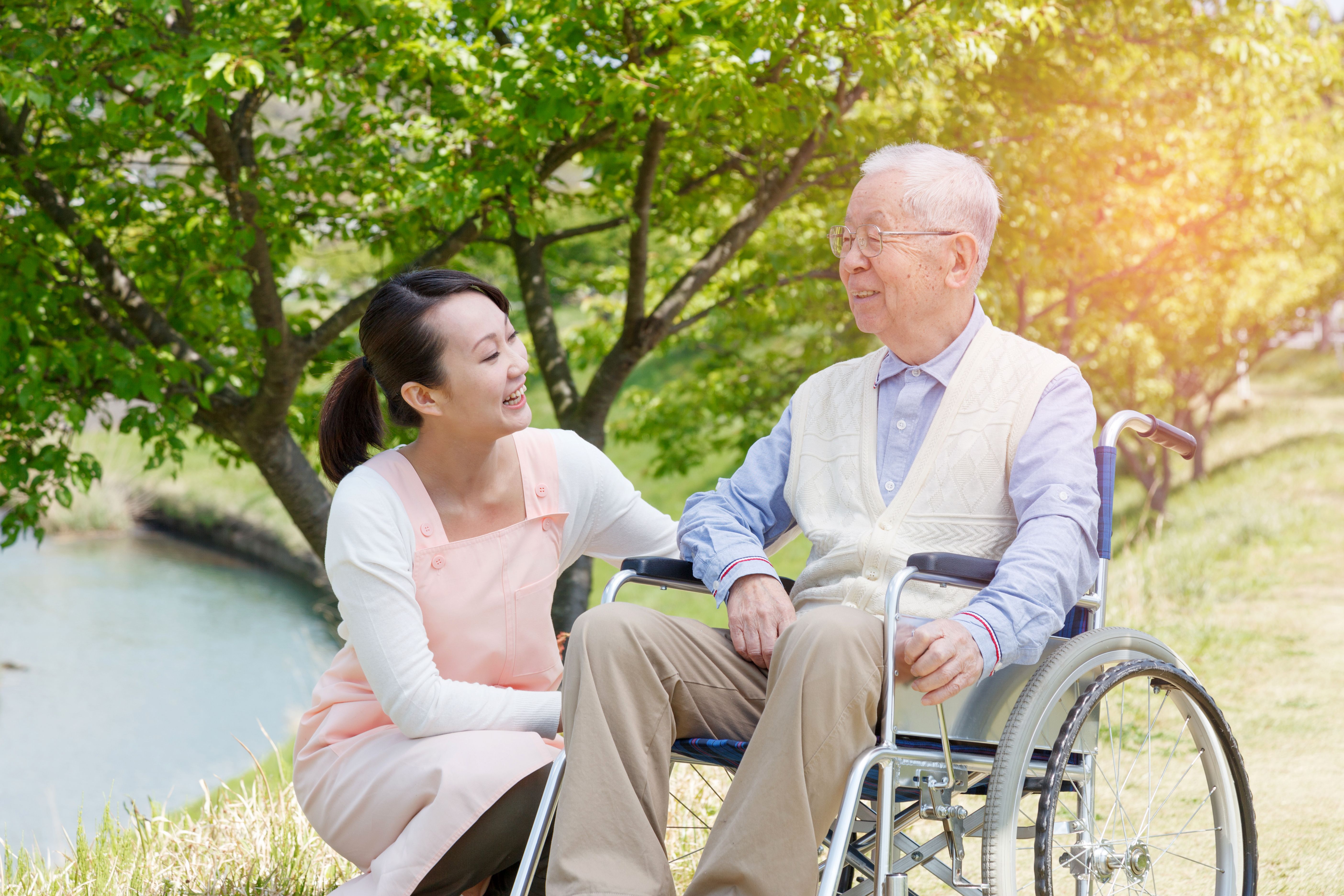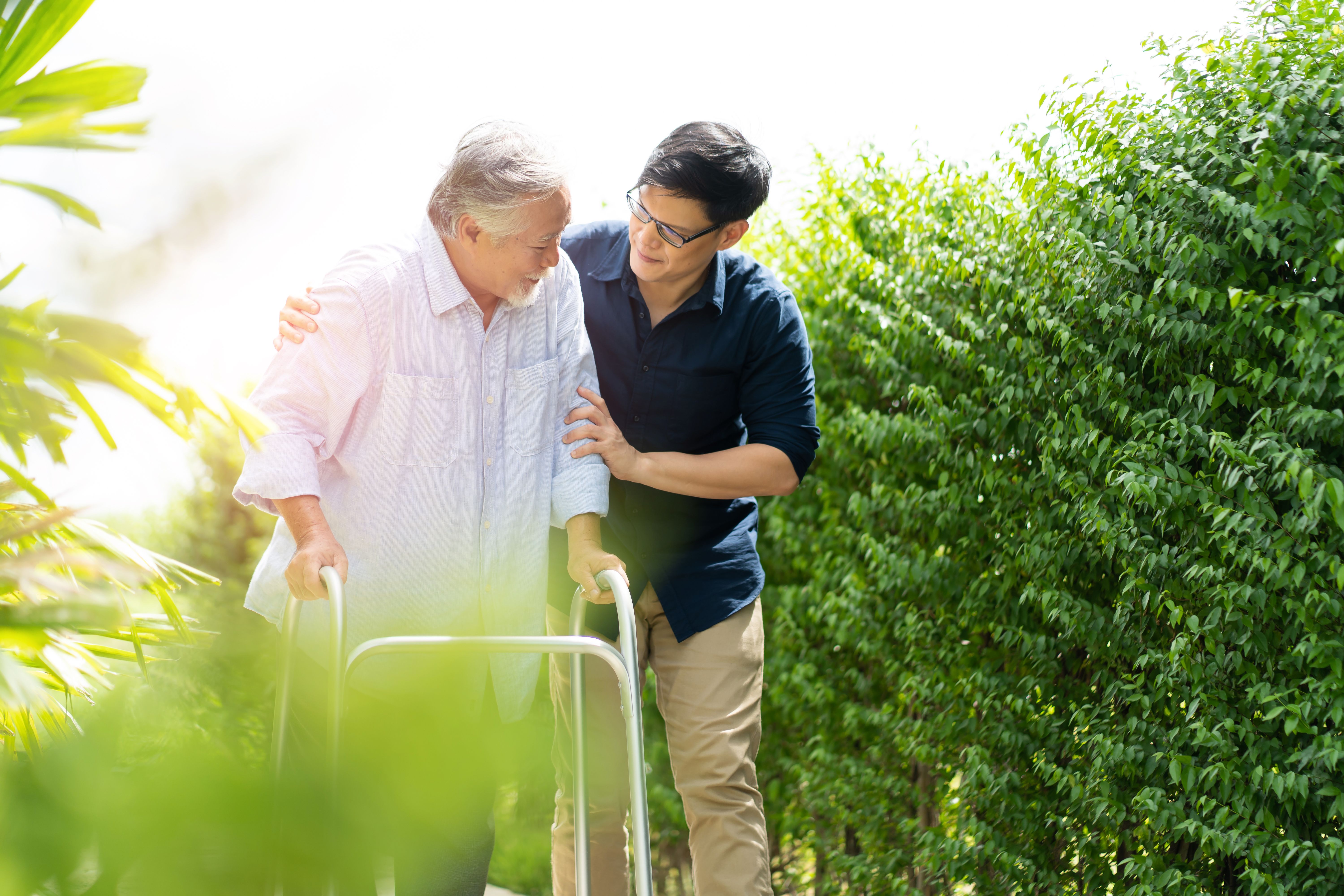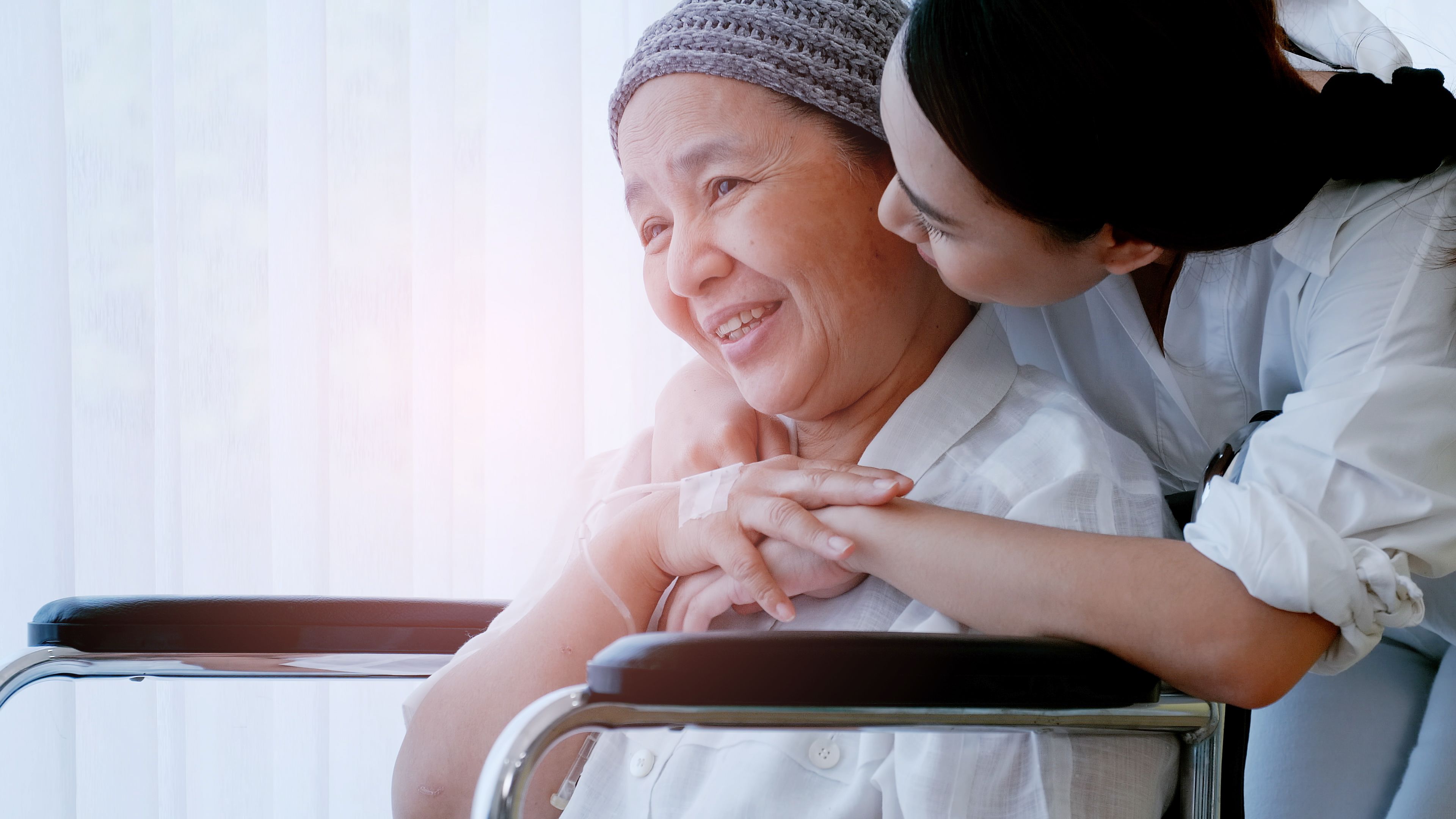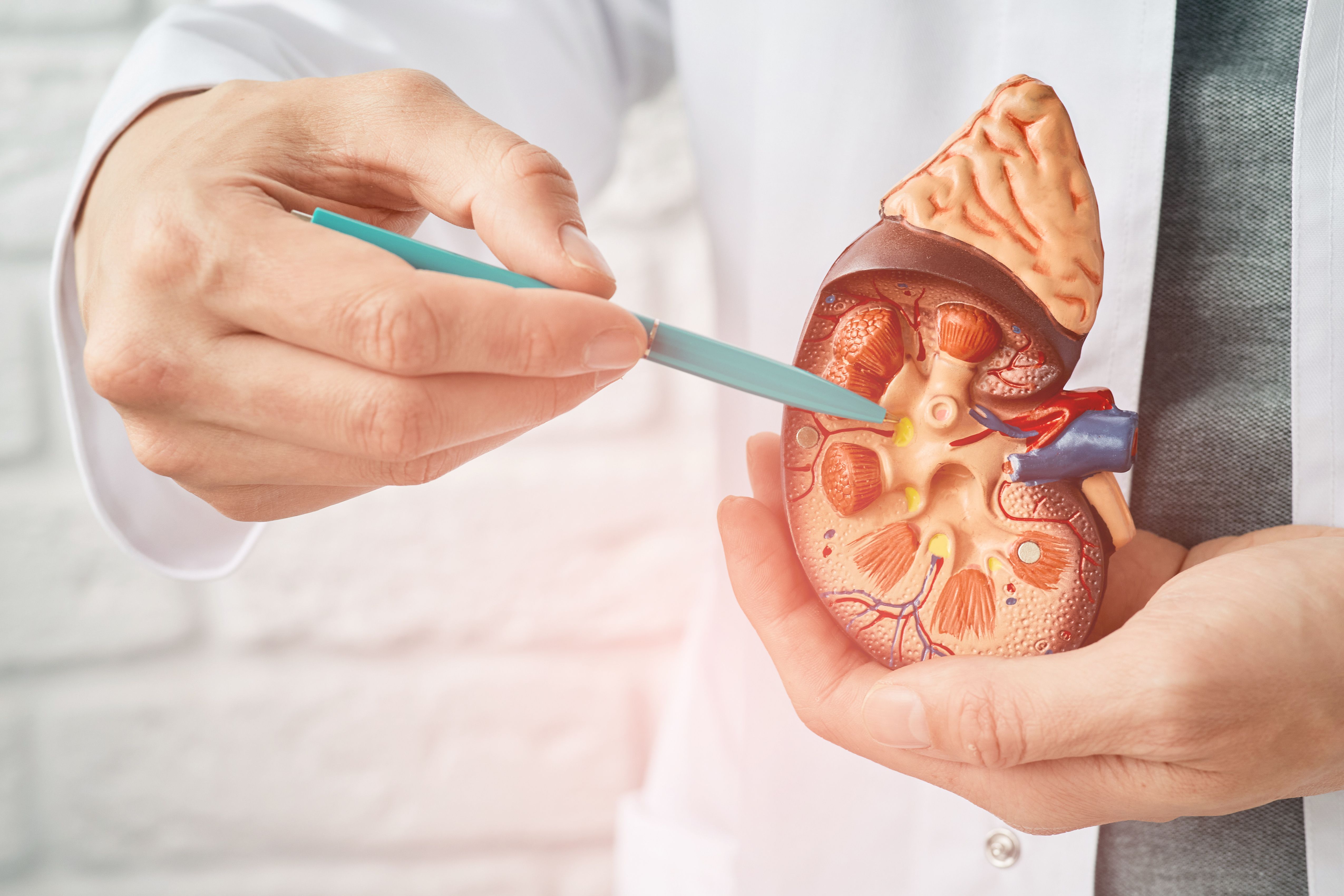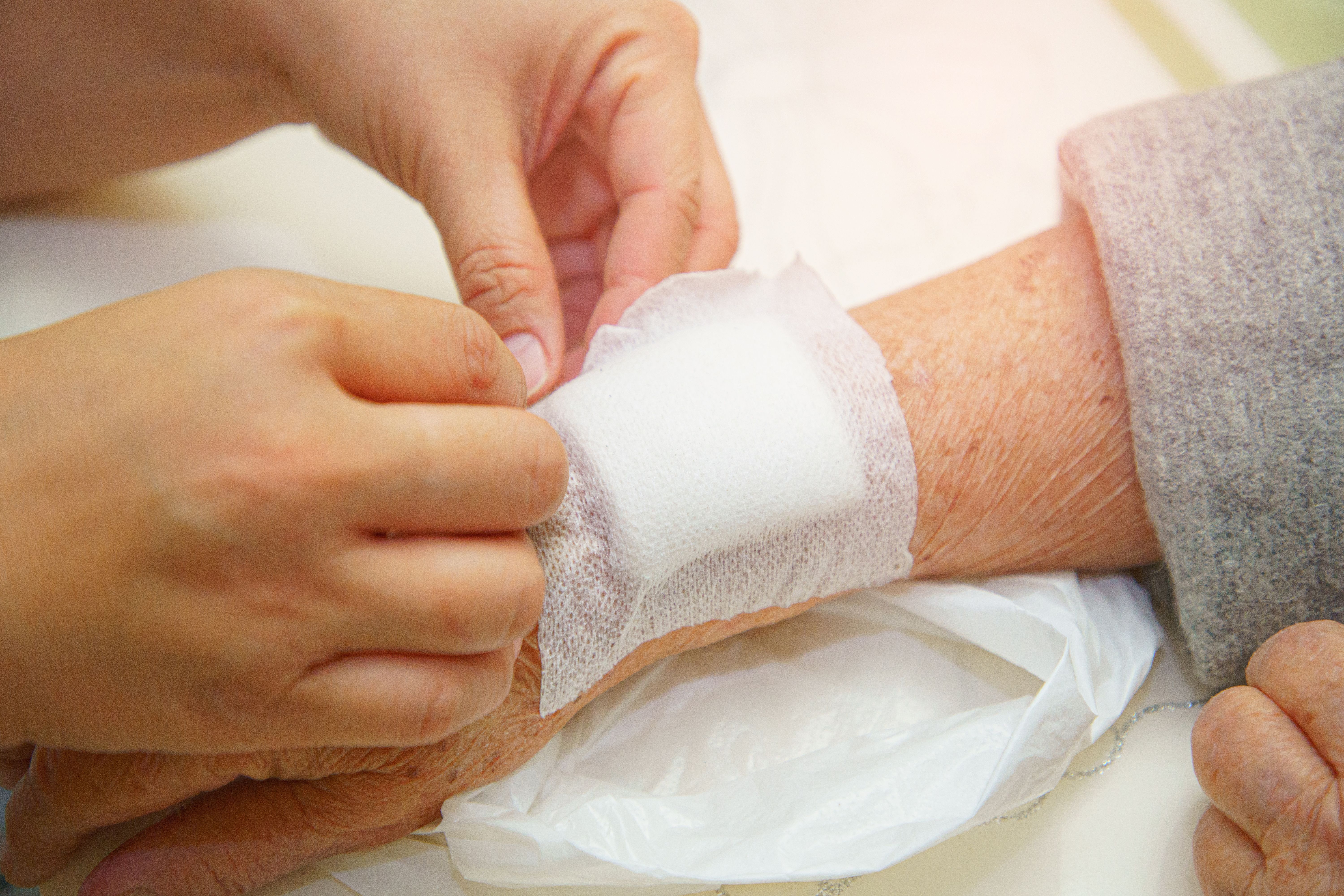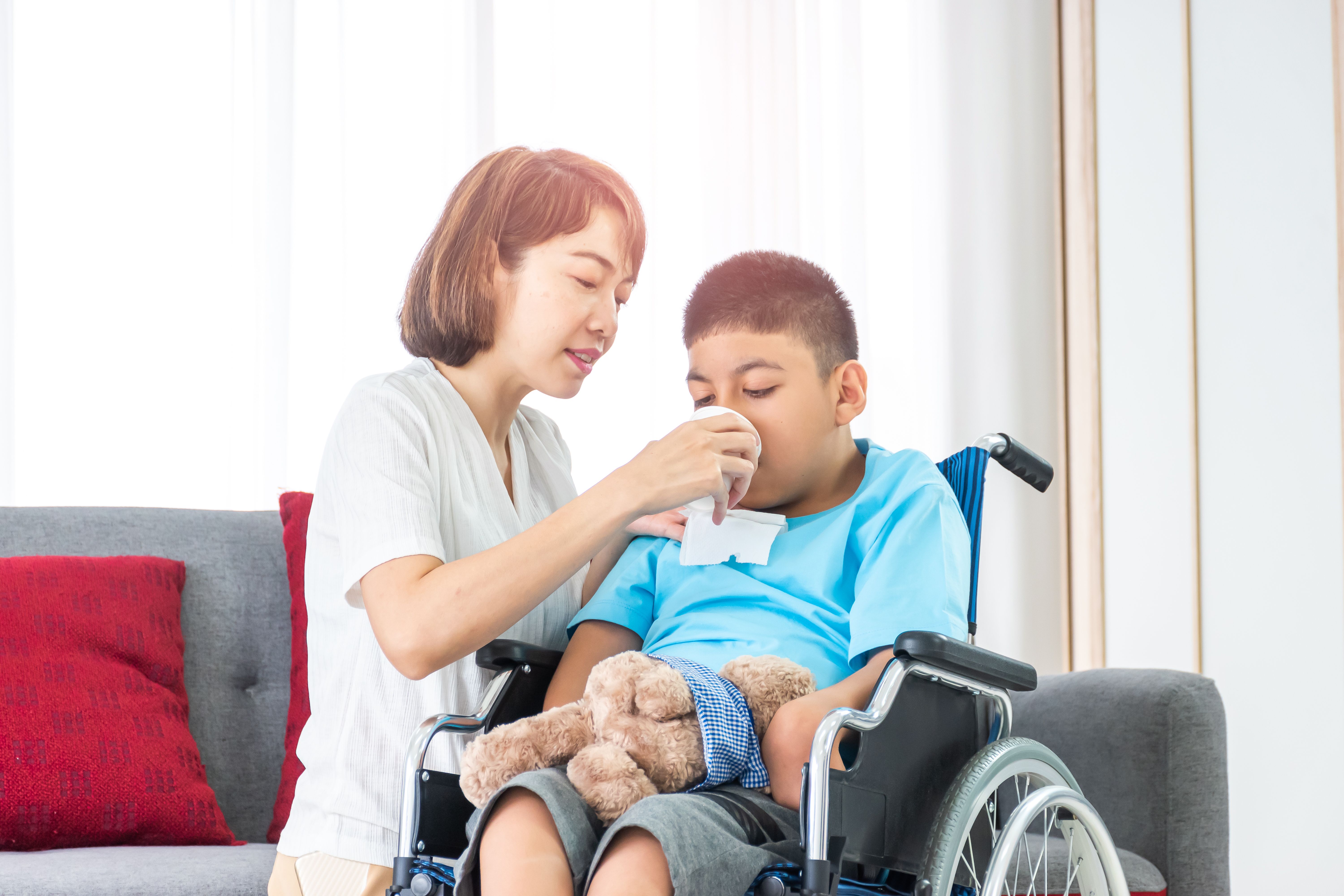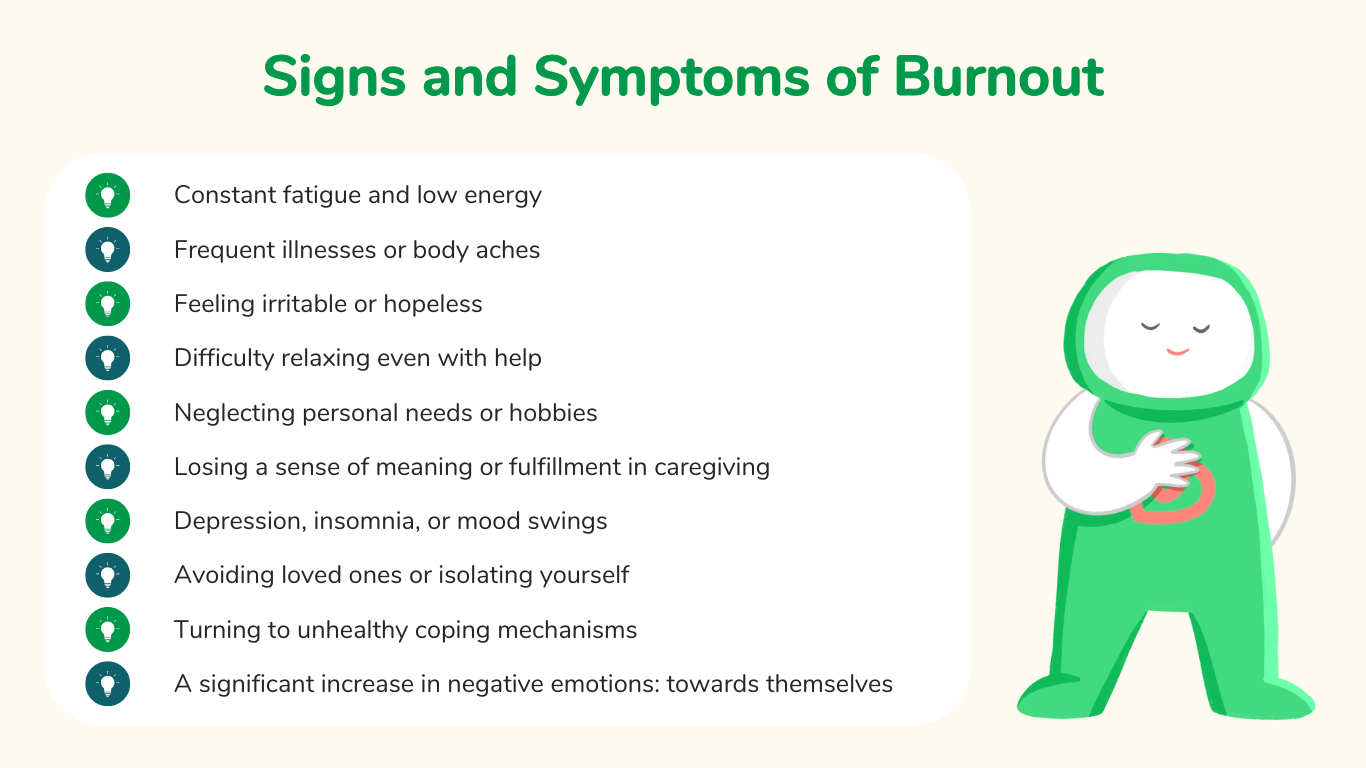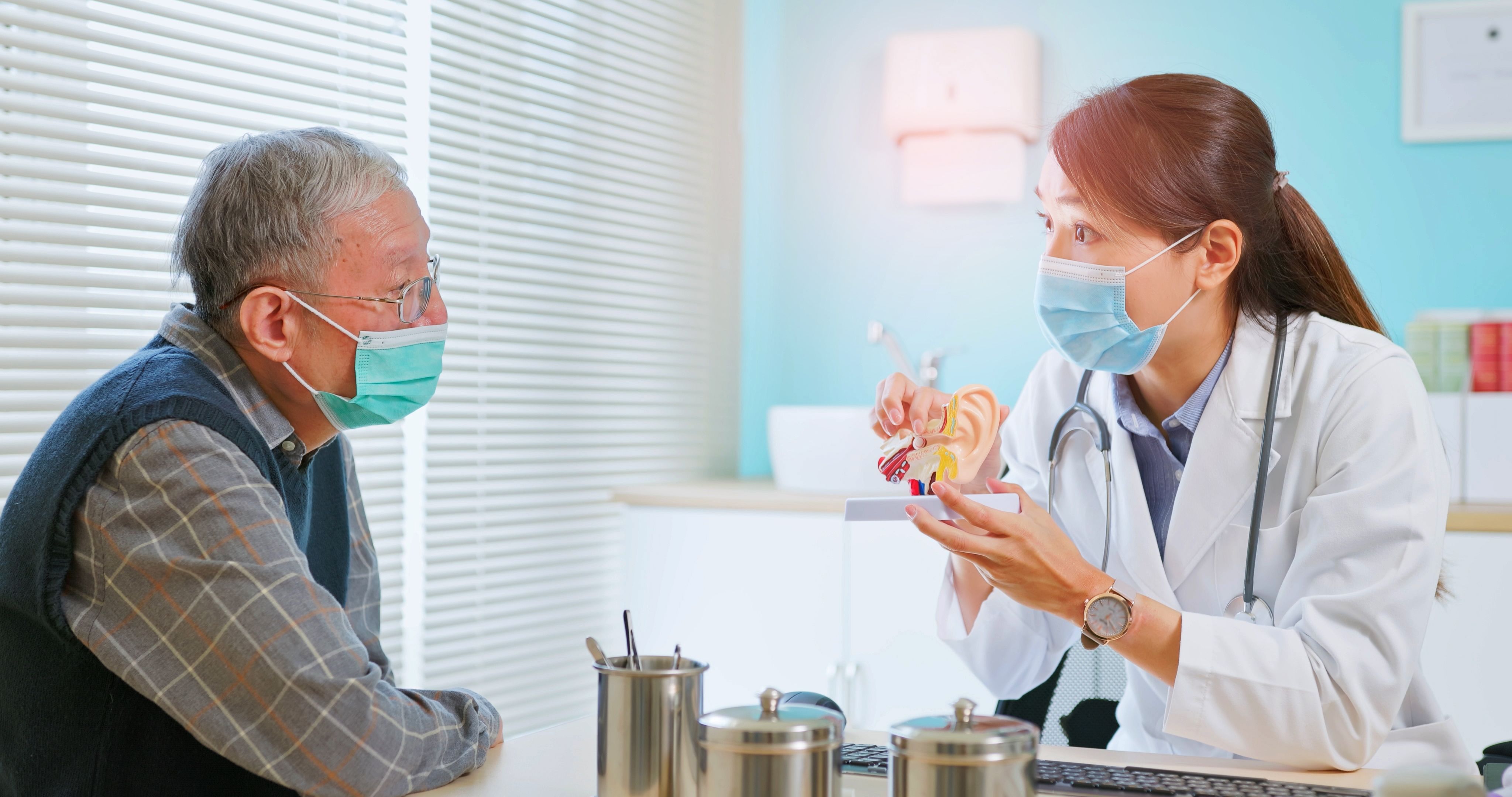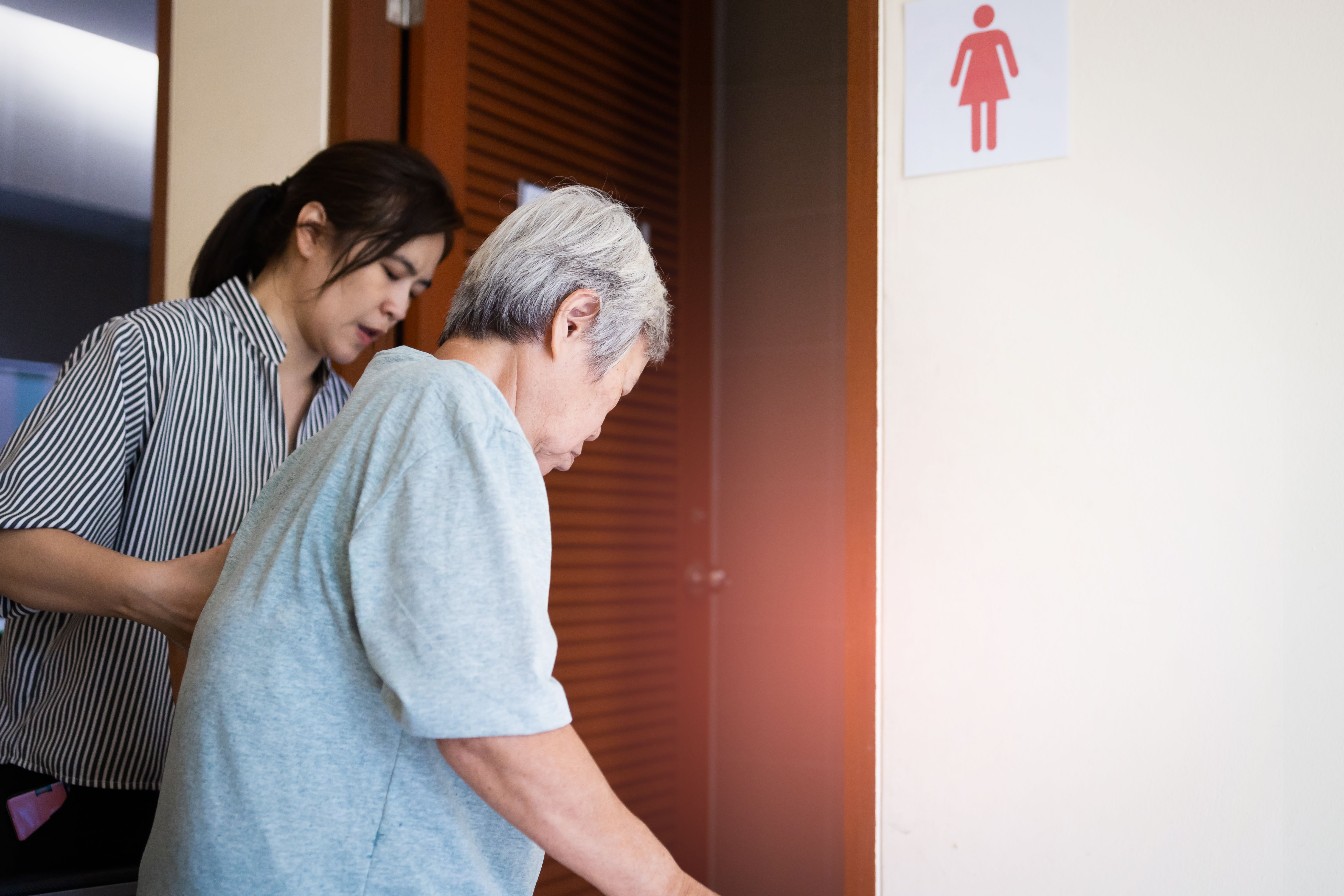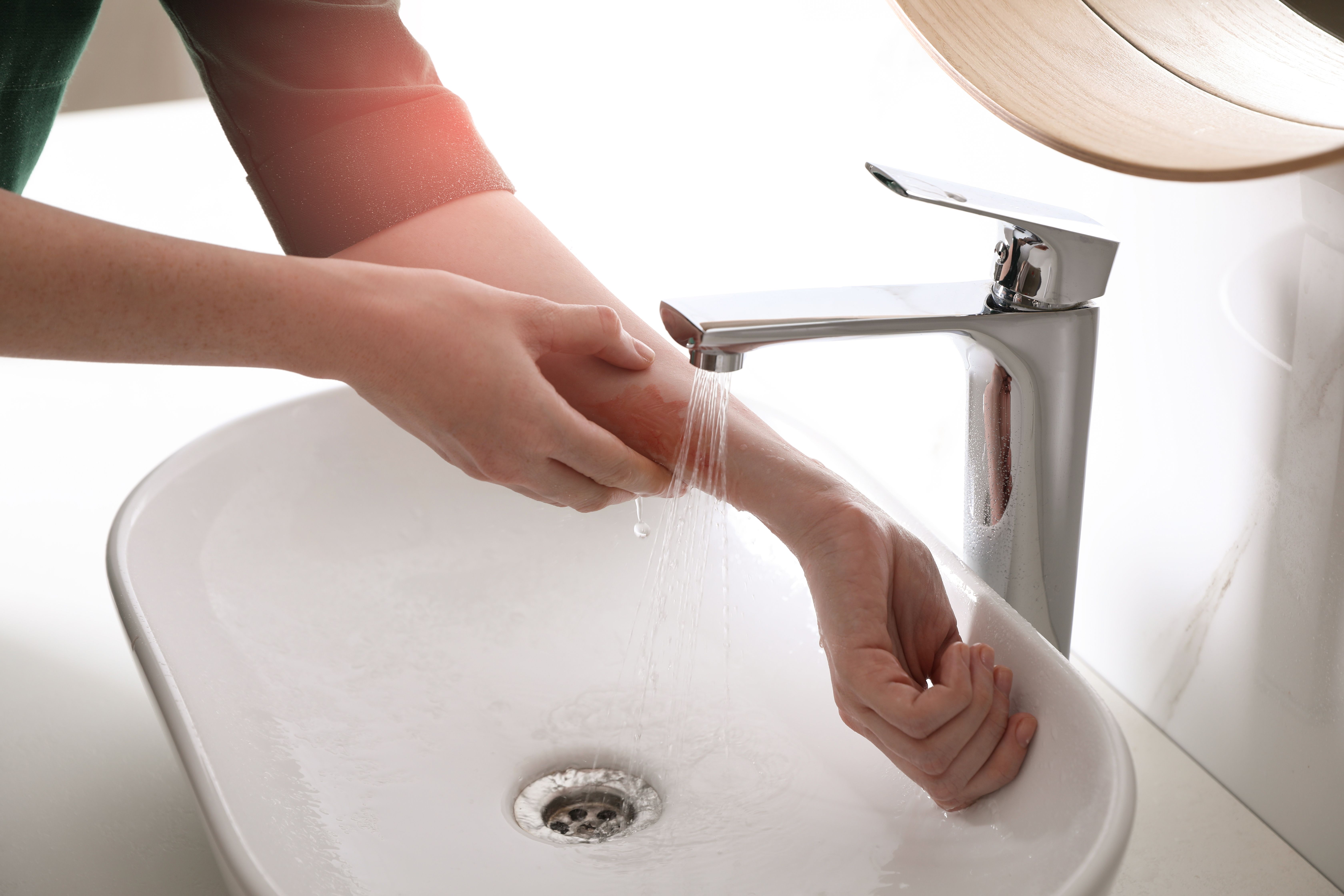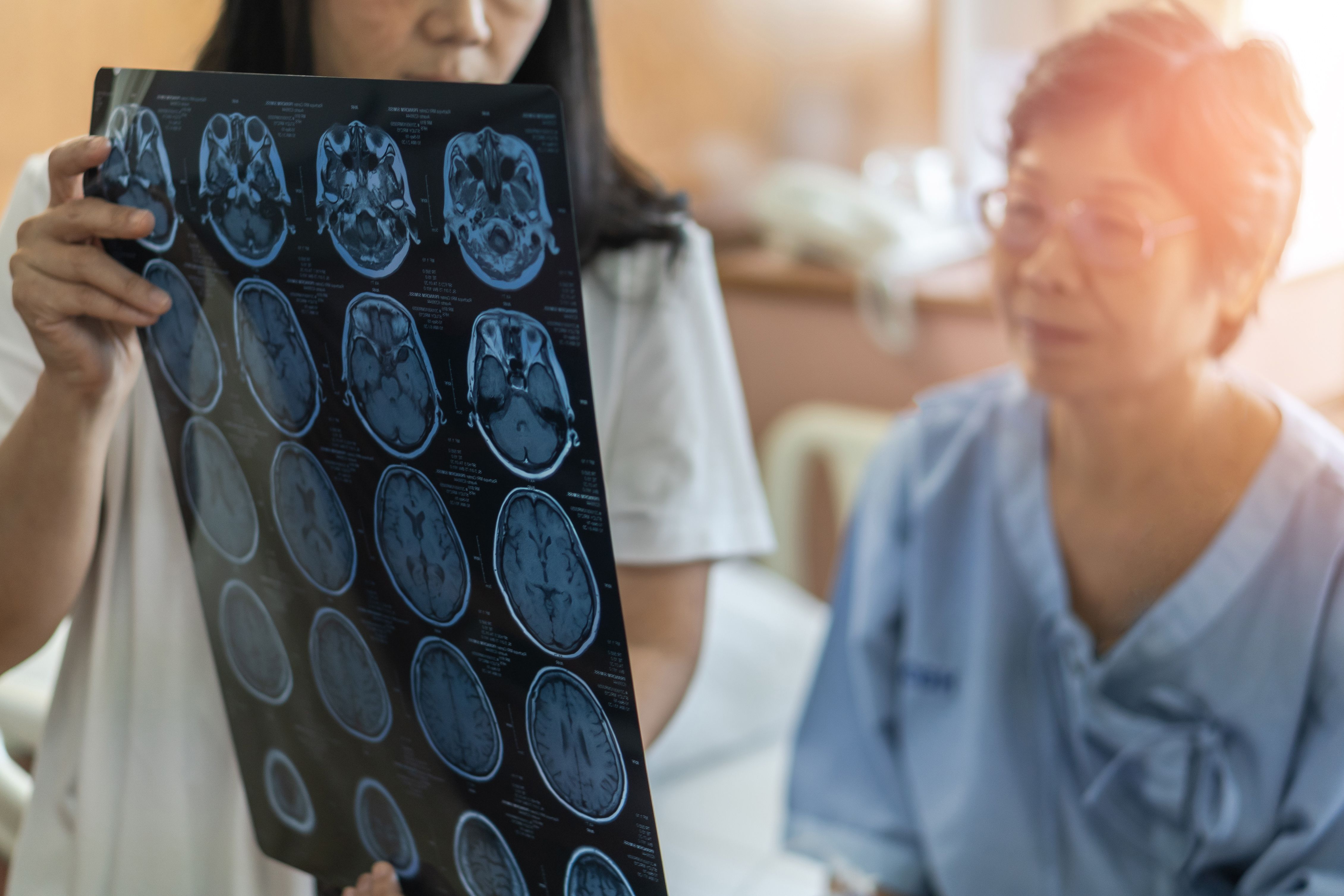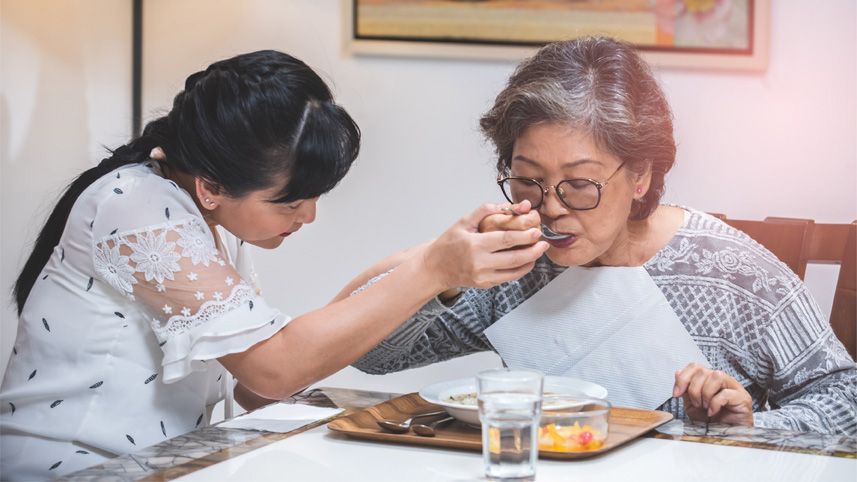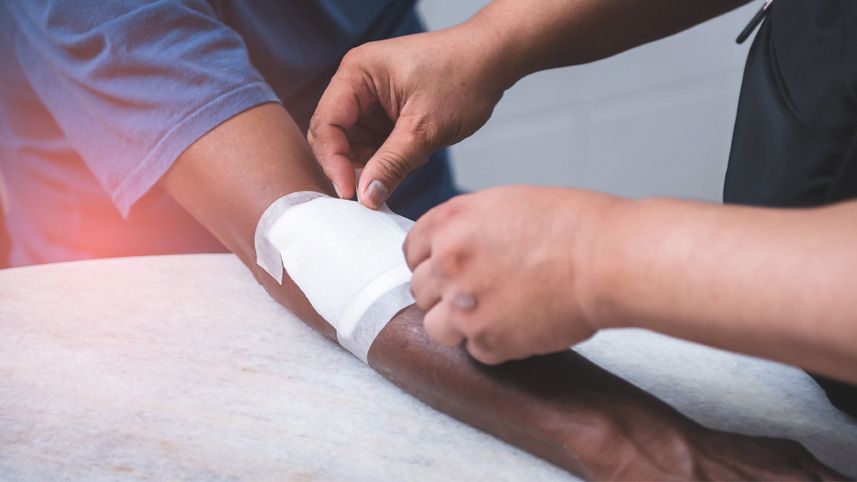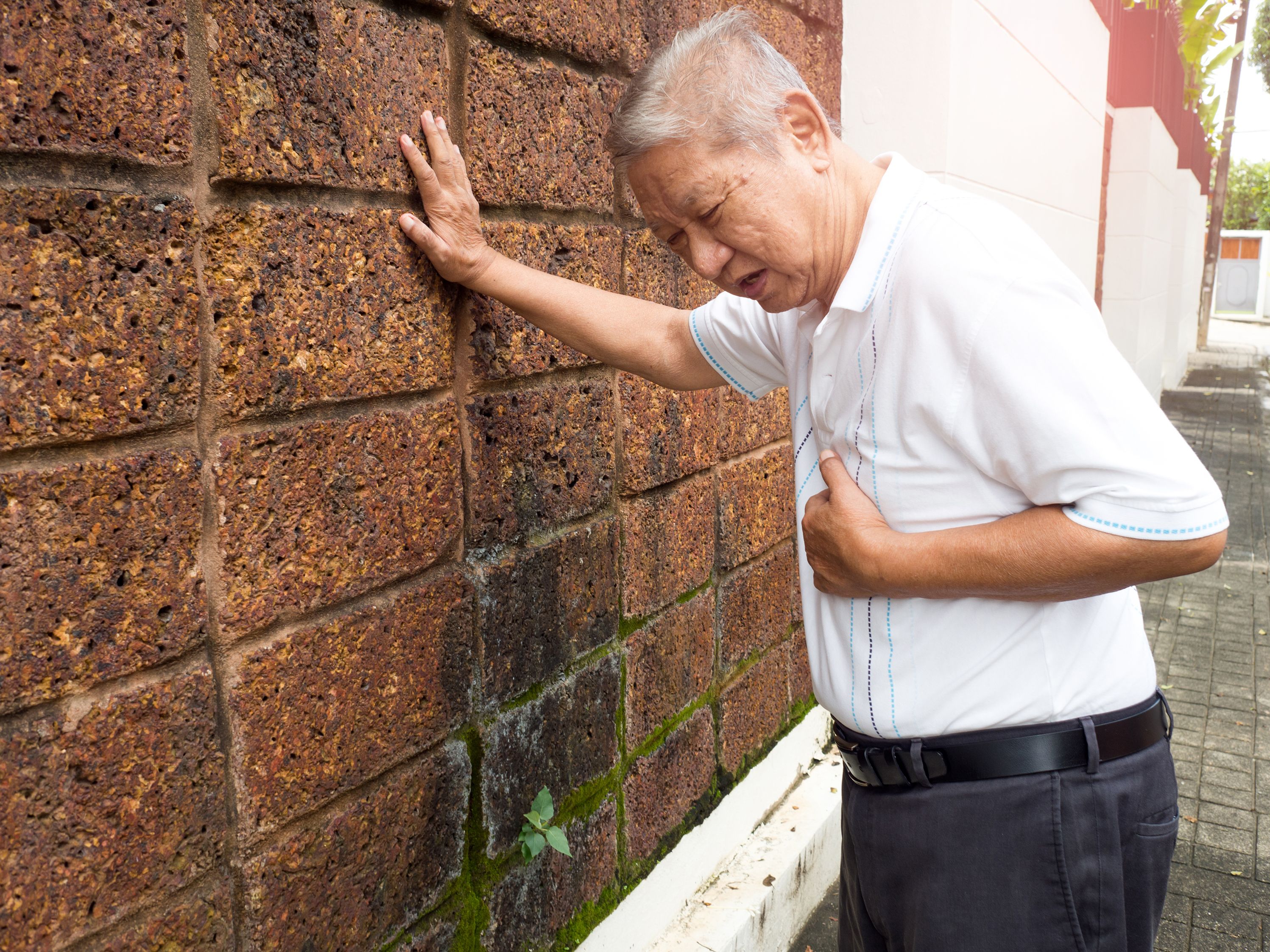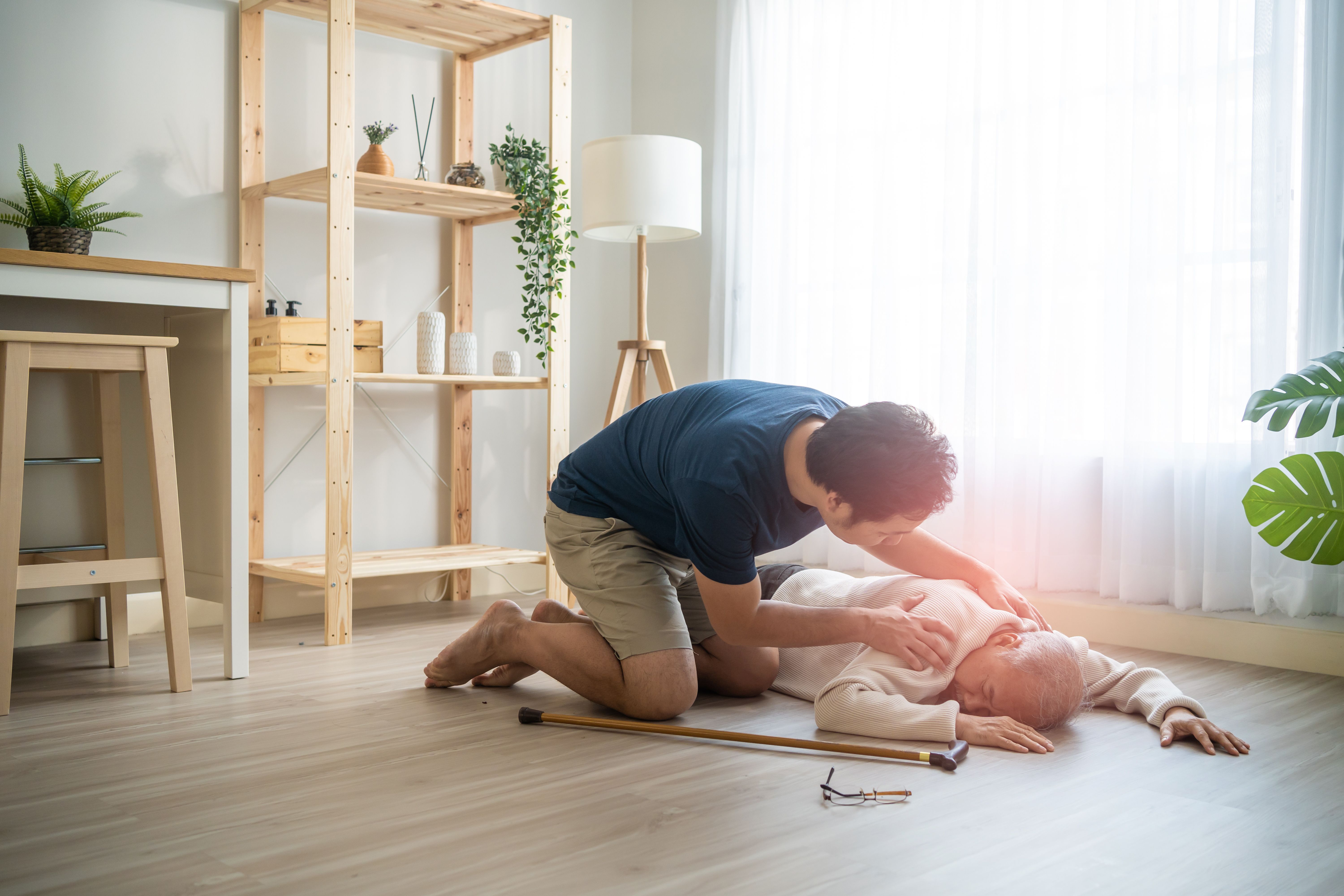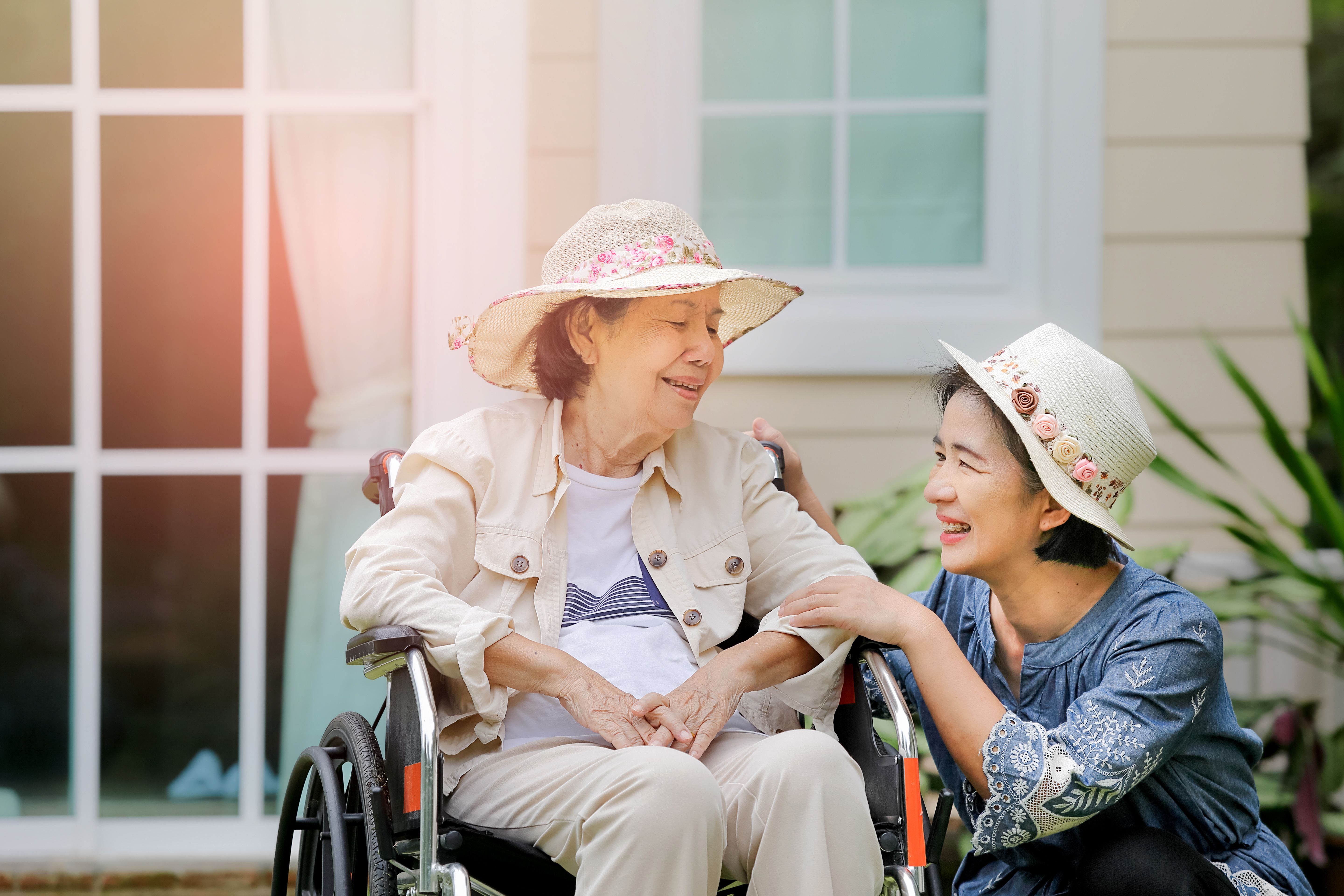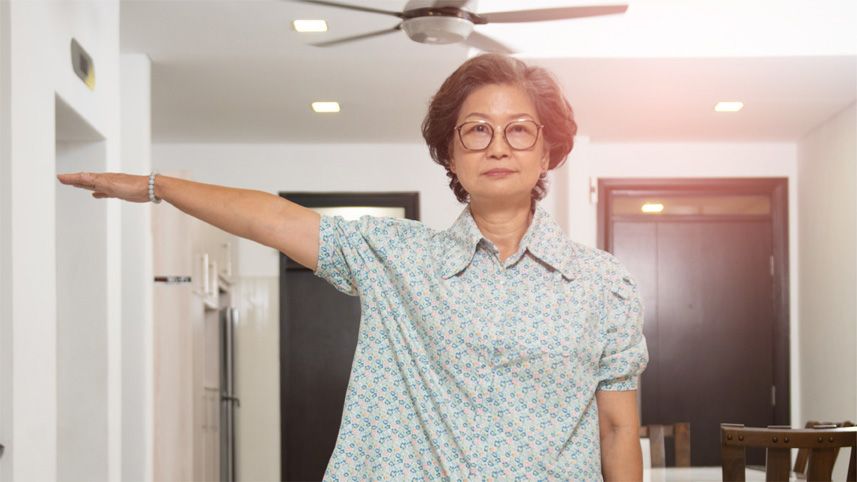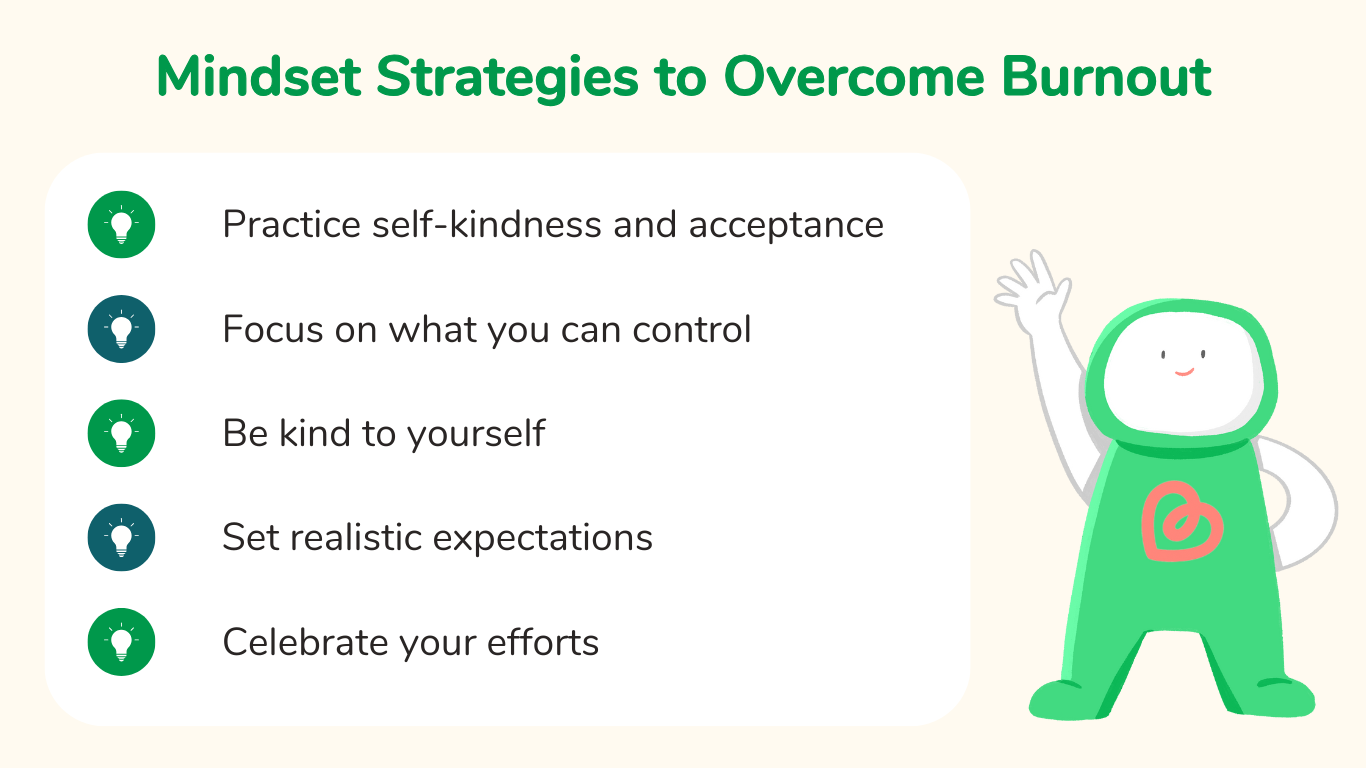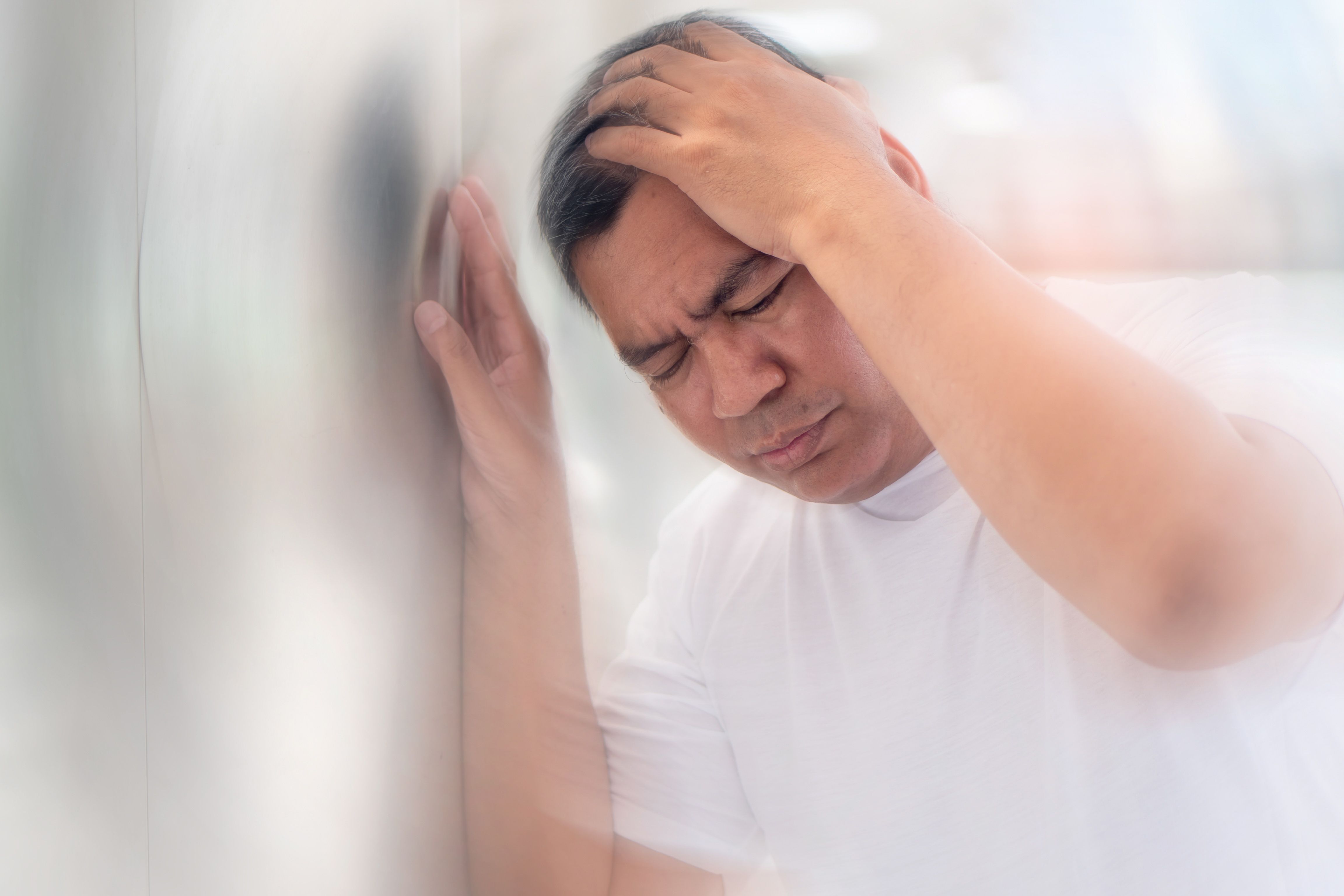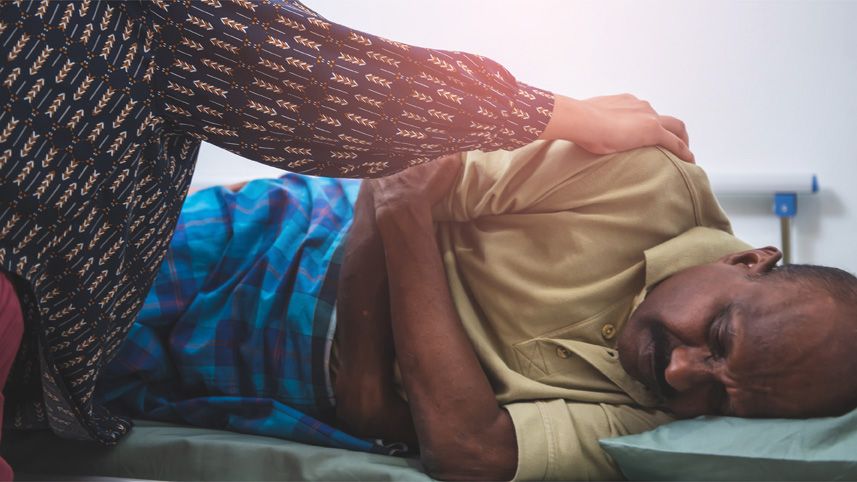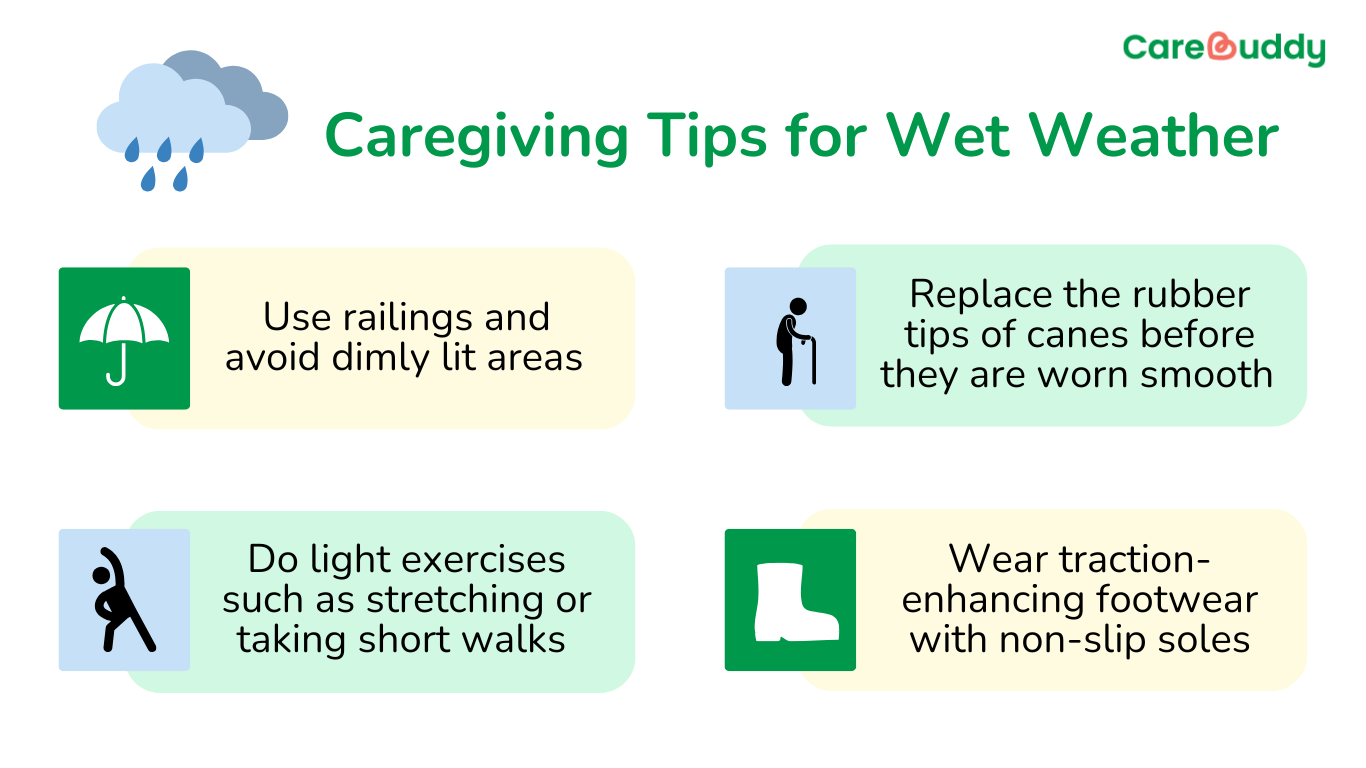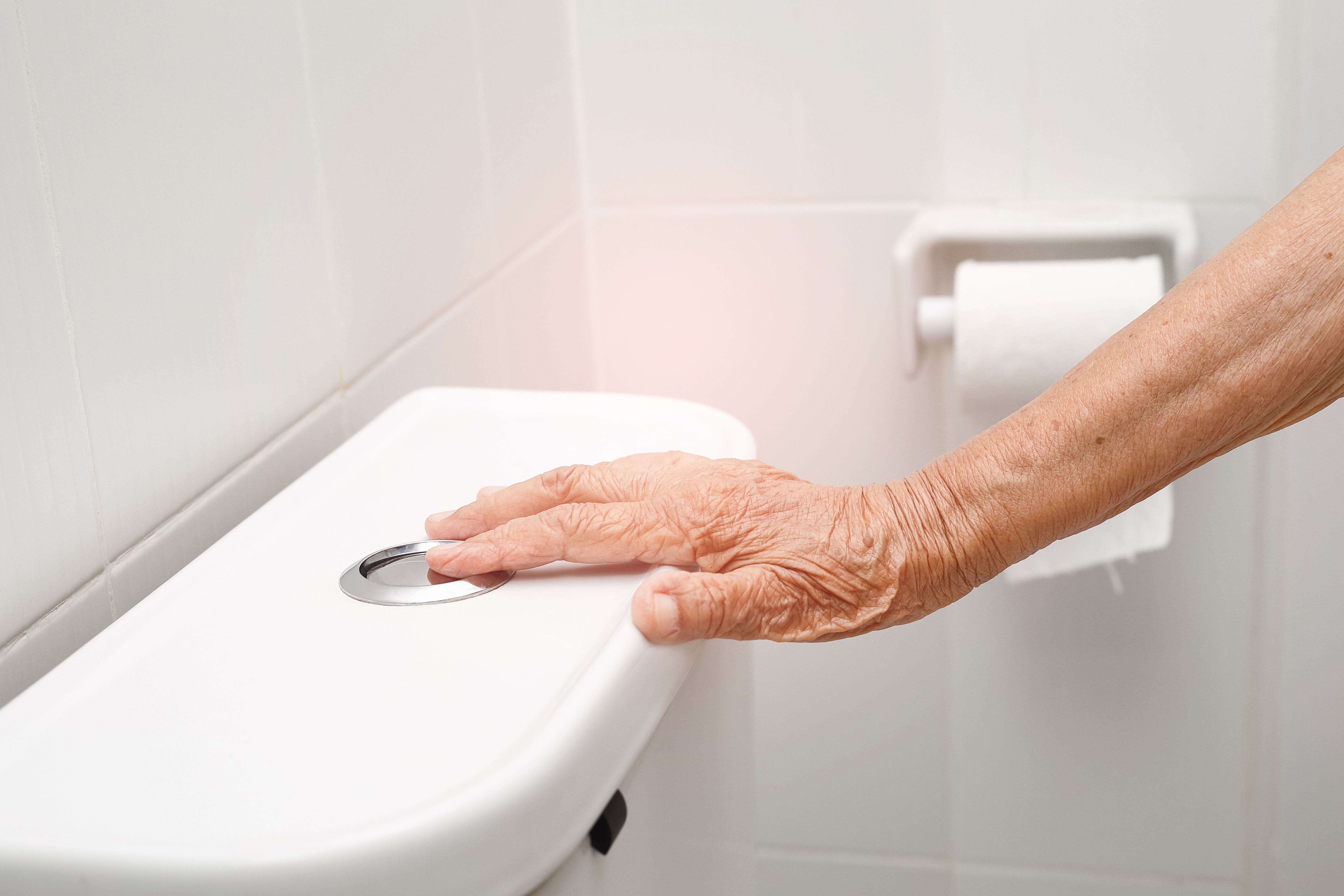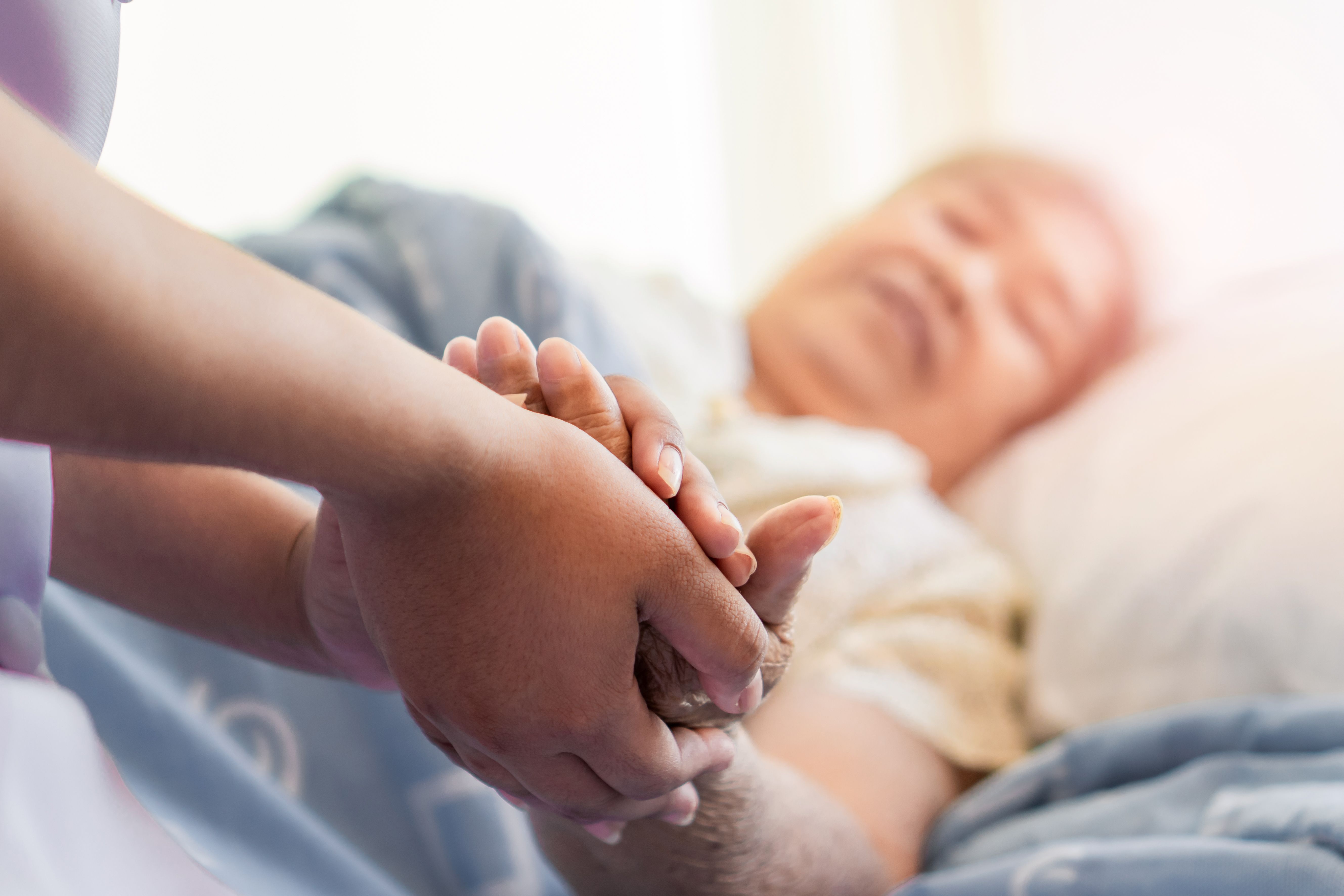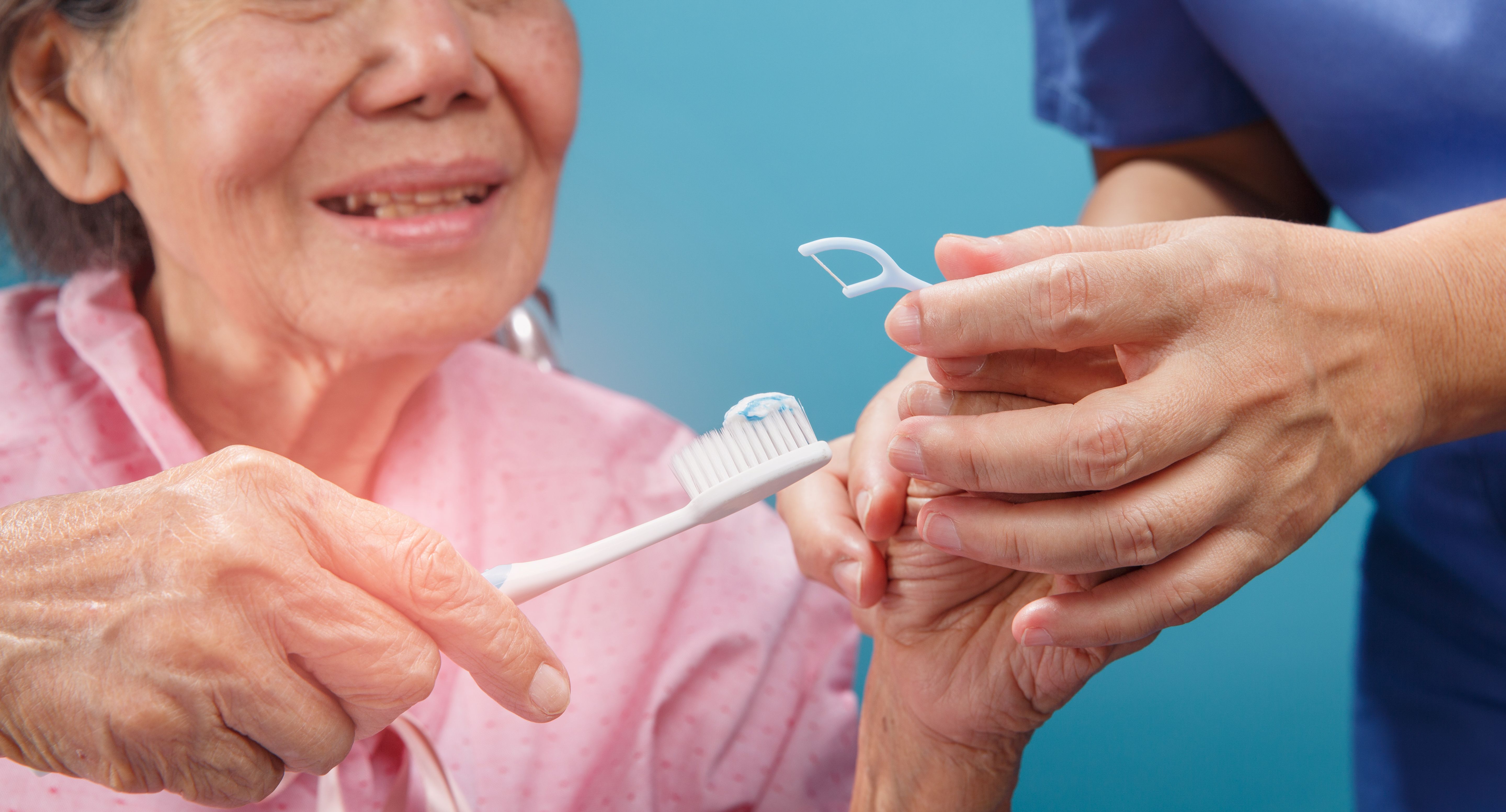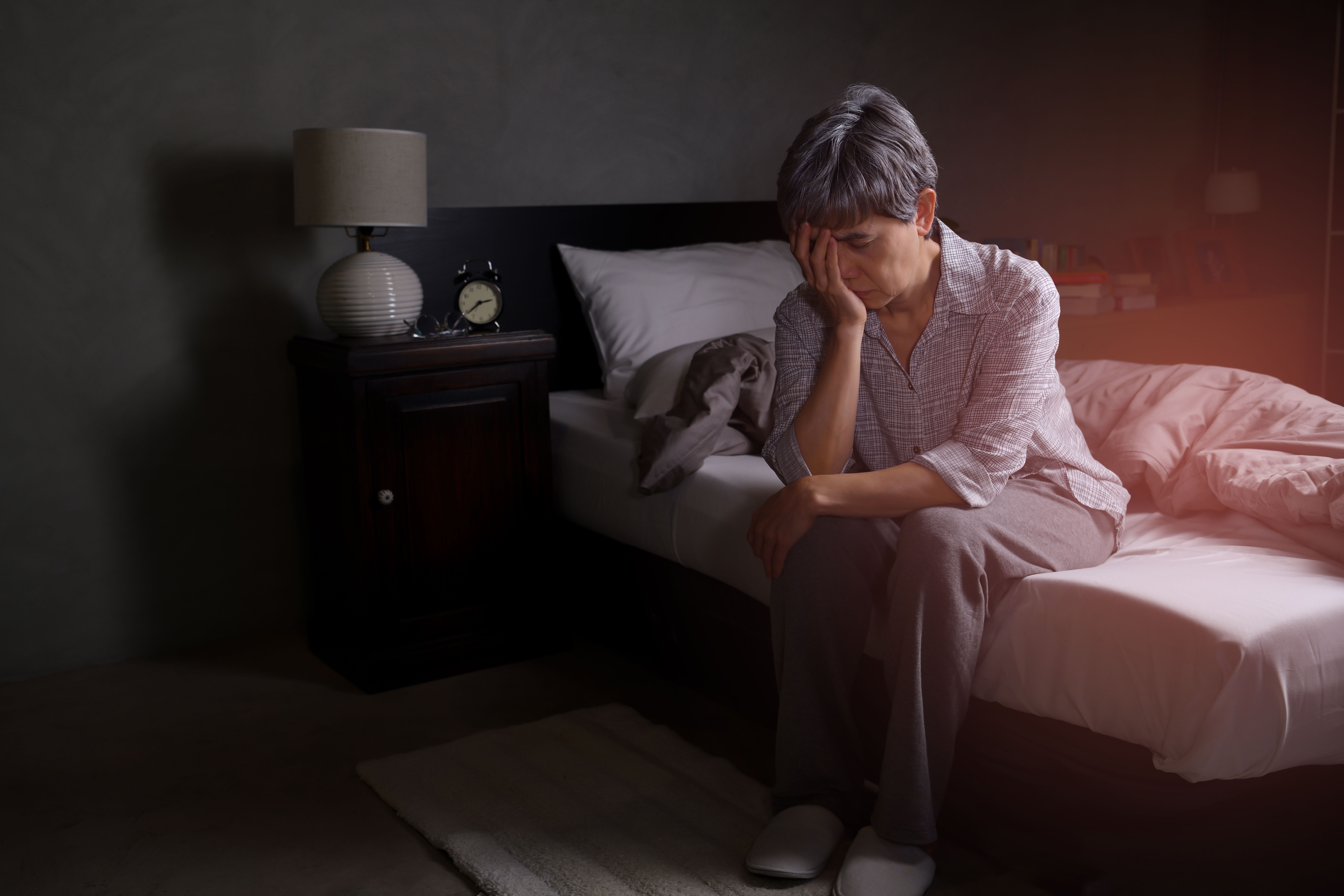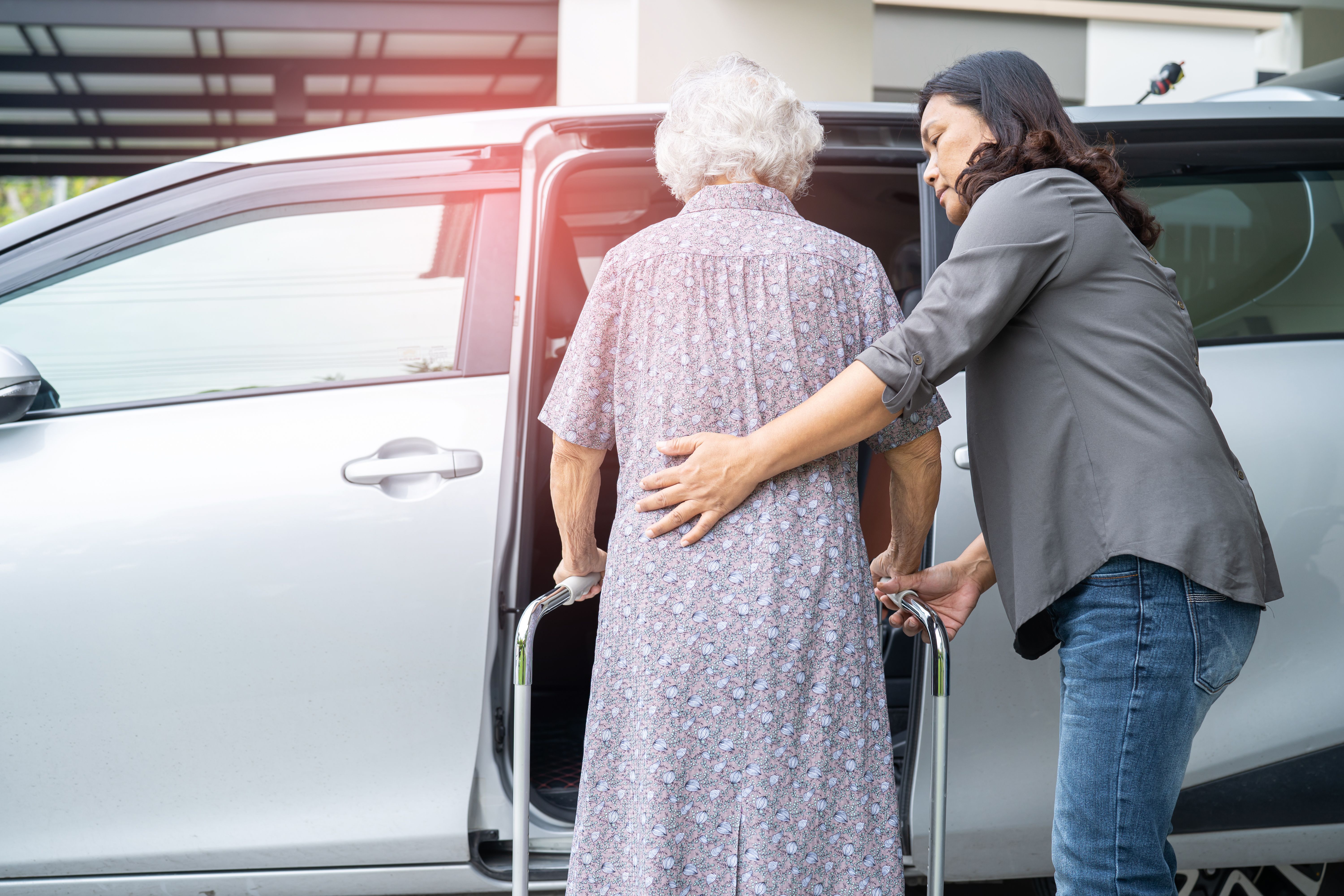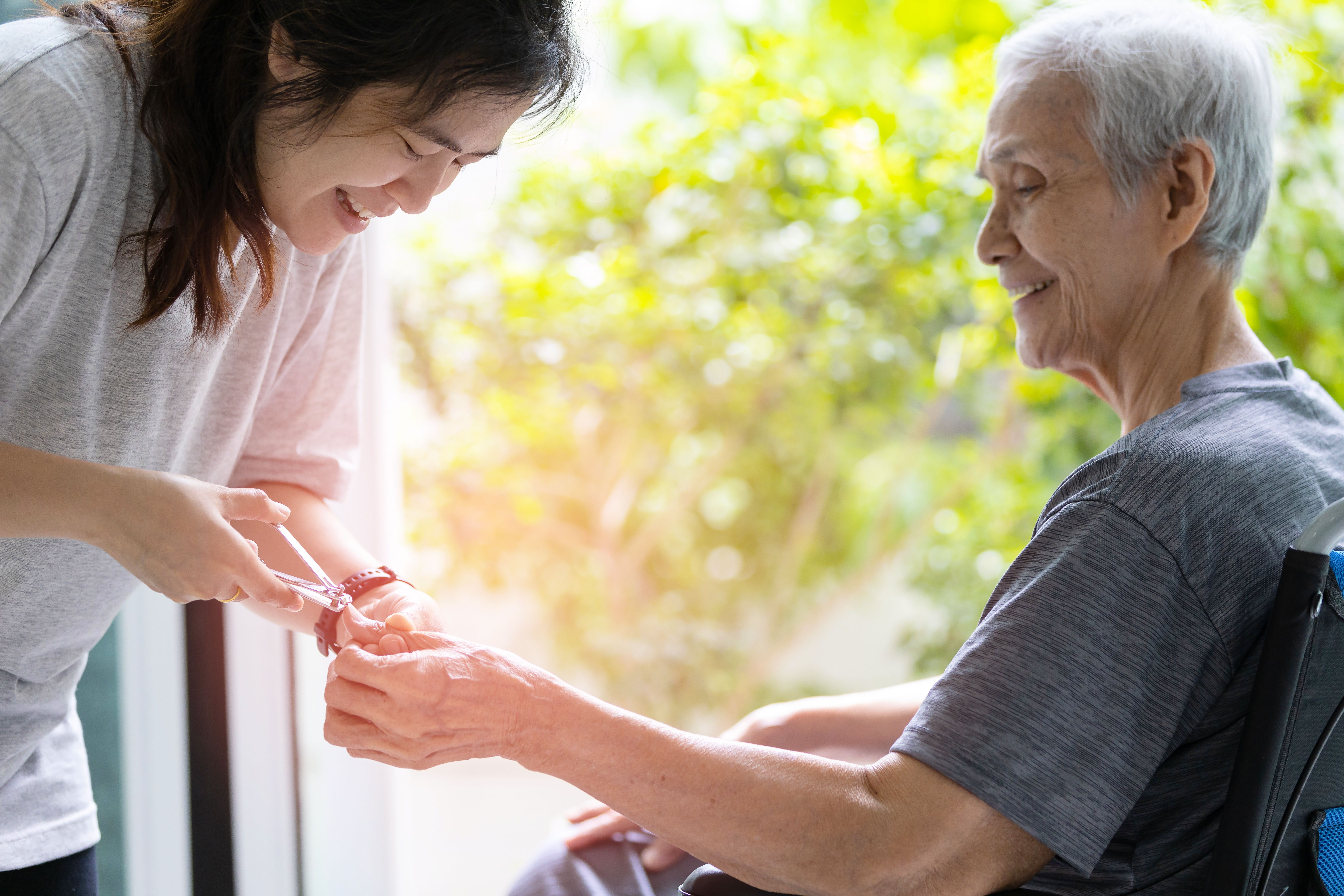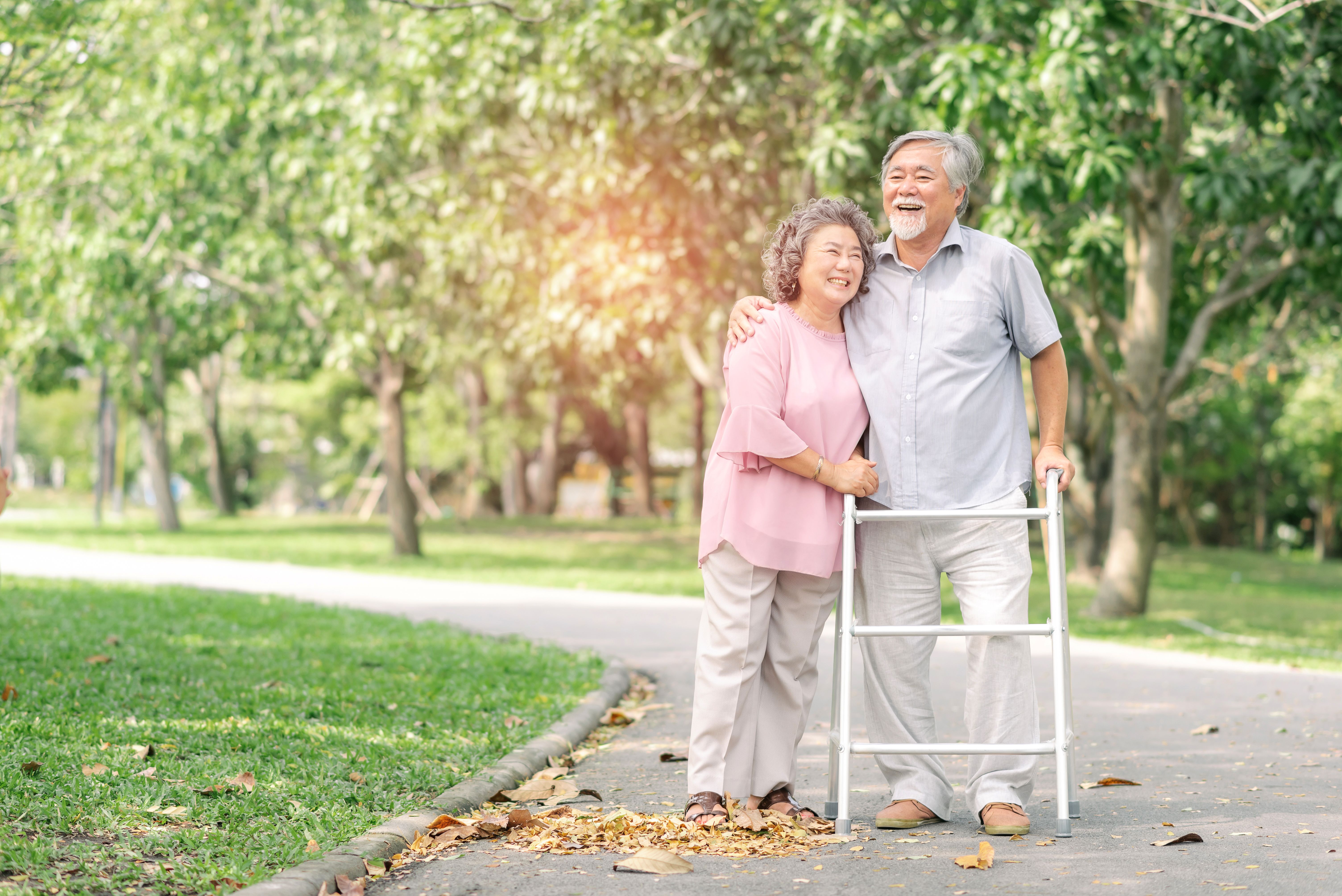Identifying and treating common skin conditions of the elderly
- CareBuddy
- 4 Mins Read
- 20 Sep 2022
- Elderly Care

As a care receiver ages, their skin may need special attention to keep it safe from certain common conditions.
Identifying and treating common skin conditions of the elderly
Did you know that the skin is the largest organ of the human body? As the organ that protects all other organs, skin itself deserves to be protected. As a care receiver ages, their skin may need special attention to keep it safe from certain common conditions.
Pruritus
This is a condition characterised by itchy, irritating, uncomfortable skin. As it’s often caused by dry skin, it’s more common in elderly care receivers, as skin tends to get drier with age. It can also be caused by skin infections and diabetes.
Symptoms include
- Eczema (red flare and itchiness of skin)
- Bumps, spots or blisters
- Dry, cracked skin
- Irresistible urge to scratch, which only makes other symptoms worse
- Fever
Pruritus can be prevented by
- Moisturising skin and using adequate sunscreen
- Having a healthy diet with
- Vegetables such as broccoli, tomato, kale, spinach and sweet potato
- Fruits such as avocado, orange, papaya, blueberry and kiwifruit
- Fatty fish such as salmon, tuna, trout, mackerel and anchovies
- Drinking plenty of water
Pruritus can be treated and managed by
- Creams and ointments
- Oral medications
- Lifestyle modifications
- Washing skin regularly (use warm water, not hot water)
- Keeping skin dry (pat it dry, don’t rub)
- Adjusting clothing to reduce irritation
- Resist the temptation to scratch
Skin infection
Owing to a decrease in the dermis layer and subcutaneous layer from aging, the skin may tend to tear more easily. Without the skin covering as a protective layer against microbial agents, skin infections can develop more frequently, especially in a bed-bound care receiver.
Skin infections can be treated successfully with penicillin-based antibiotics. Caregivers should refer the care receiver to health professionals for prompt treatment if they suspect that he/she has a skin infection.
Skin cancer
Advanced age is a risk factor for skin cancer, with many cases detected in care receivers above the age of 50, and an even higher frequency in care receivers above the age of 65.
Symptoms include
- Unusual newly-formed spots, bumps, moles or lesions on skin
- Pain or burning sensation on skin
- Persistent itching
Skin cancer can be prevented by
- Reducing exposure to sunlight and therefore ultraviolet light
- Wearing sunscreen and protective clothing if you need to be exposed to sunlight
- Checking your skin regularly and consulting a doctor as early as possible if you sense something unusual
Skin cancer can be treated by
- Simple removal of cancerous growth from skin during biopsy (only possible for small cancers limited to surface of skin)
- Surgery (excisional surgery or Mohs surgery) to remove cancerous growth
- Radiation
- Chemotherapy
Wrinkles and age spots
The aging process leads to the formation of wrinkles as the skin becomes drier, less elastic and more fragile. That’s a natural part of aging and is usually not a cause for alarm. If it causes annoyance to elderly care receivers, there are plenty of anti-aging and anti-wrinkle creams that can help.
Aging can also lead to dark spots known as age spots. They commonly appear on the face, shoulders, arms and hands. In most cases, these are not symptomatic of more serious conditions, but to be safe, you could consult a doctor to make sure this is not the result of skin cancer.
As we’ve seen, skin conditions in elderly care receivers can range from minor annoyance to life-threatening diseases. As always, being alert and detecting symptoms early can make a huge difference.
Article reviewed by David Tay, Senior Principal Educator (Nursing and Prehospital Care), HMI Institute.
